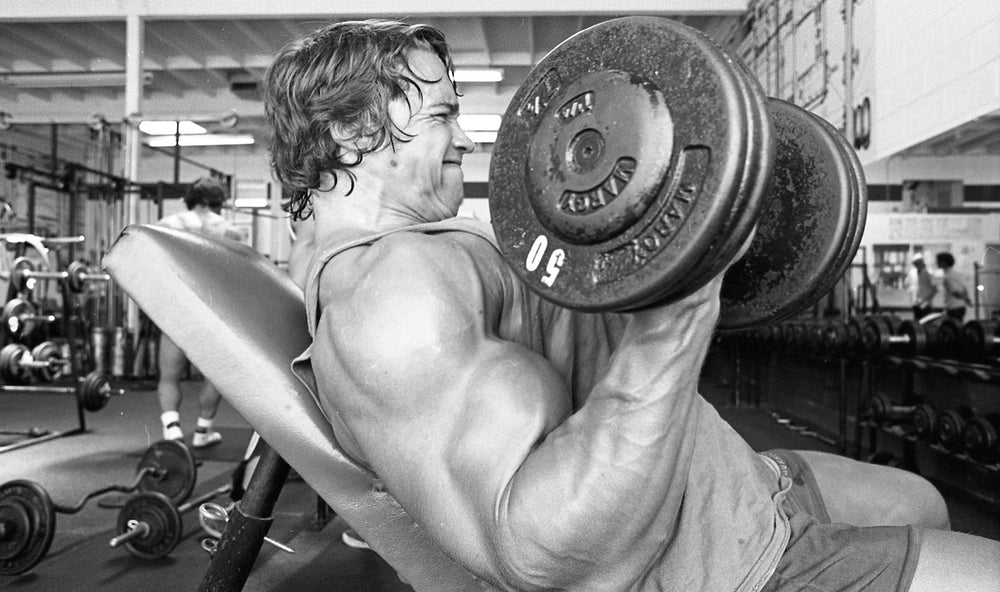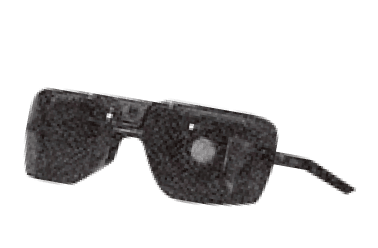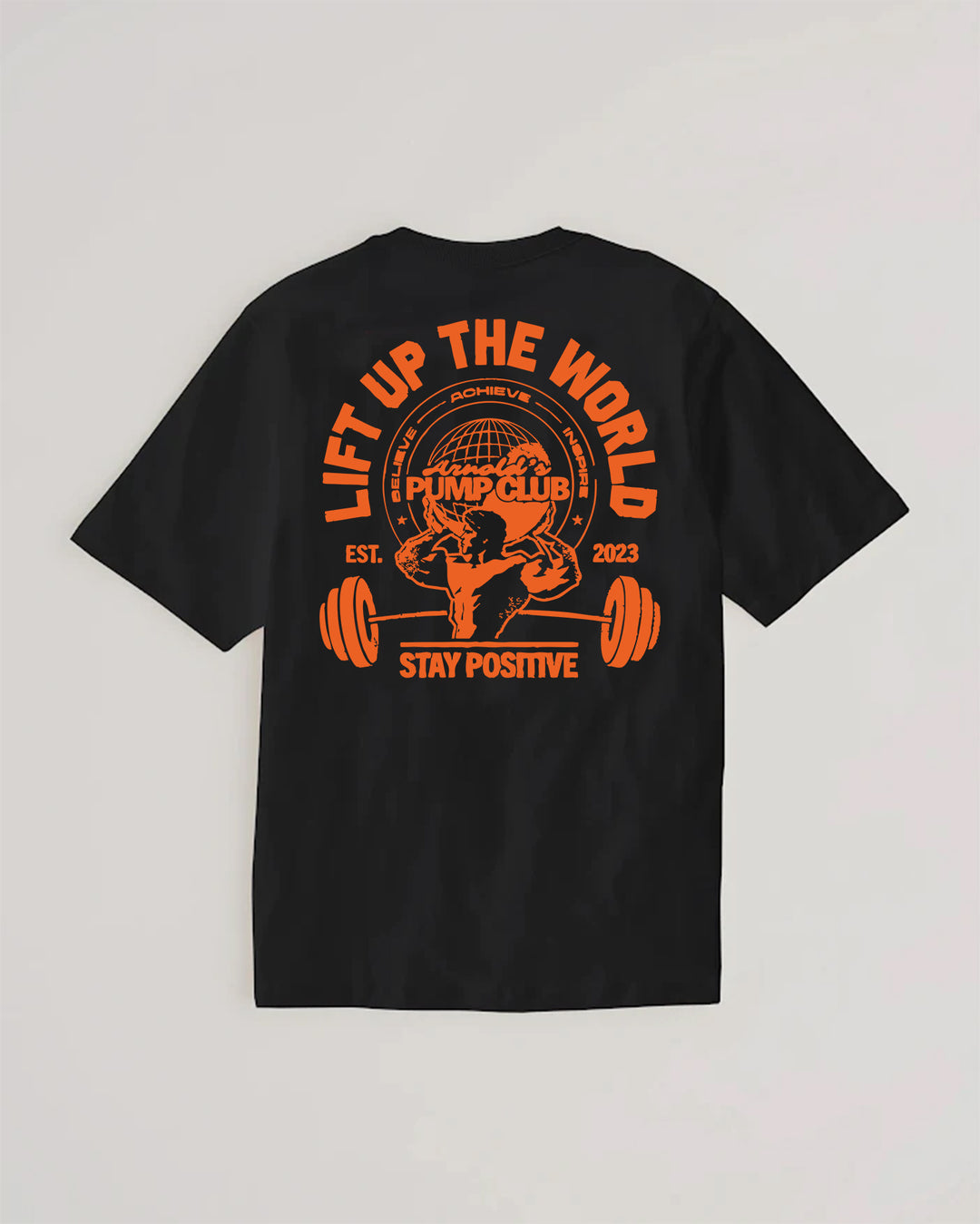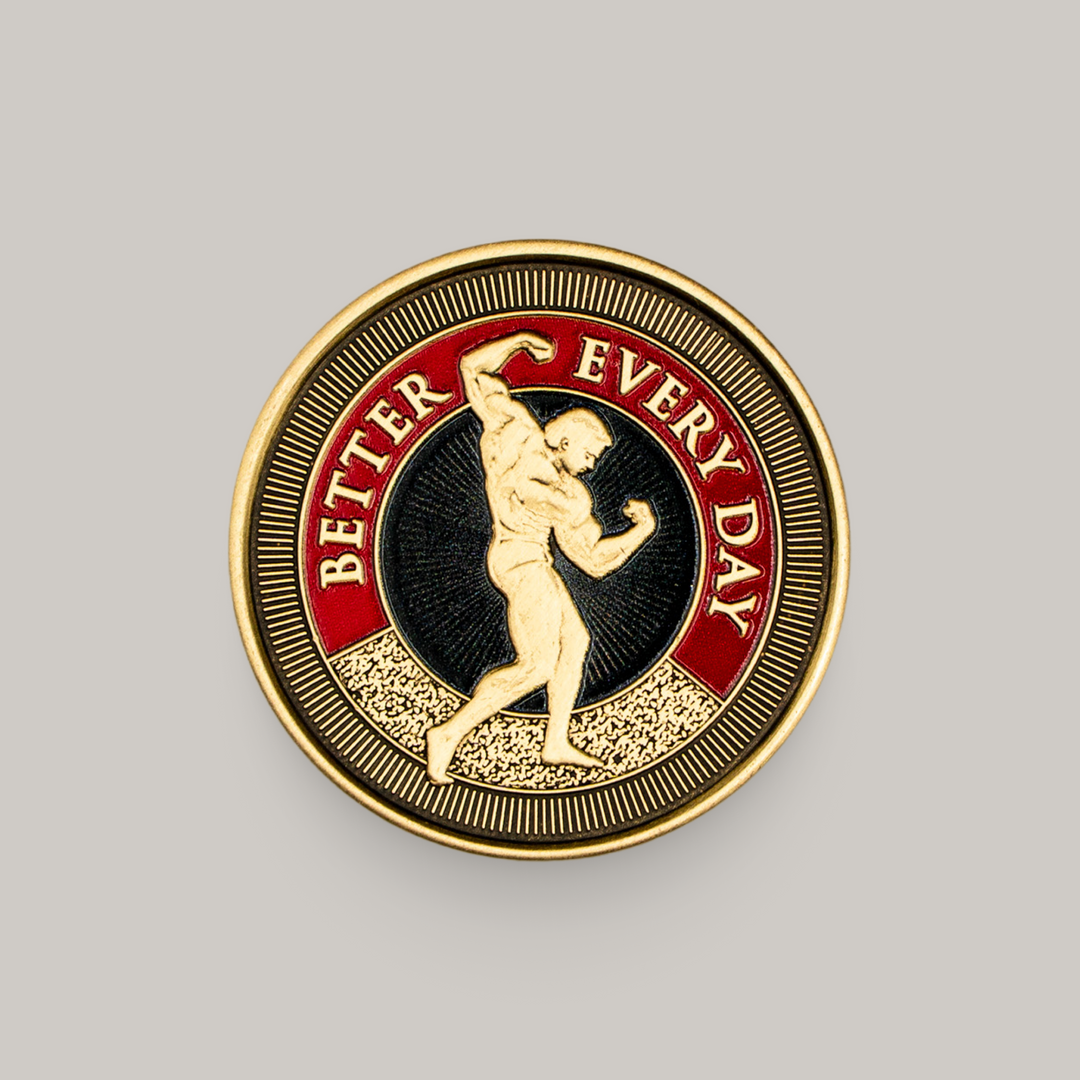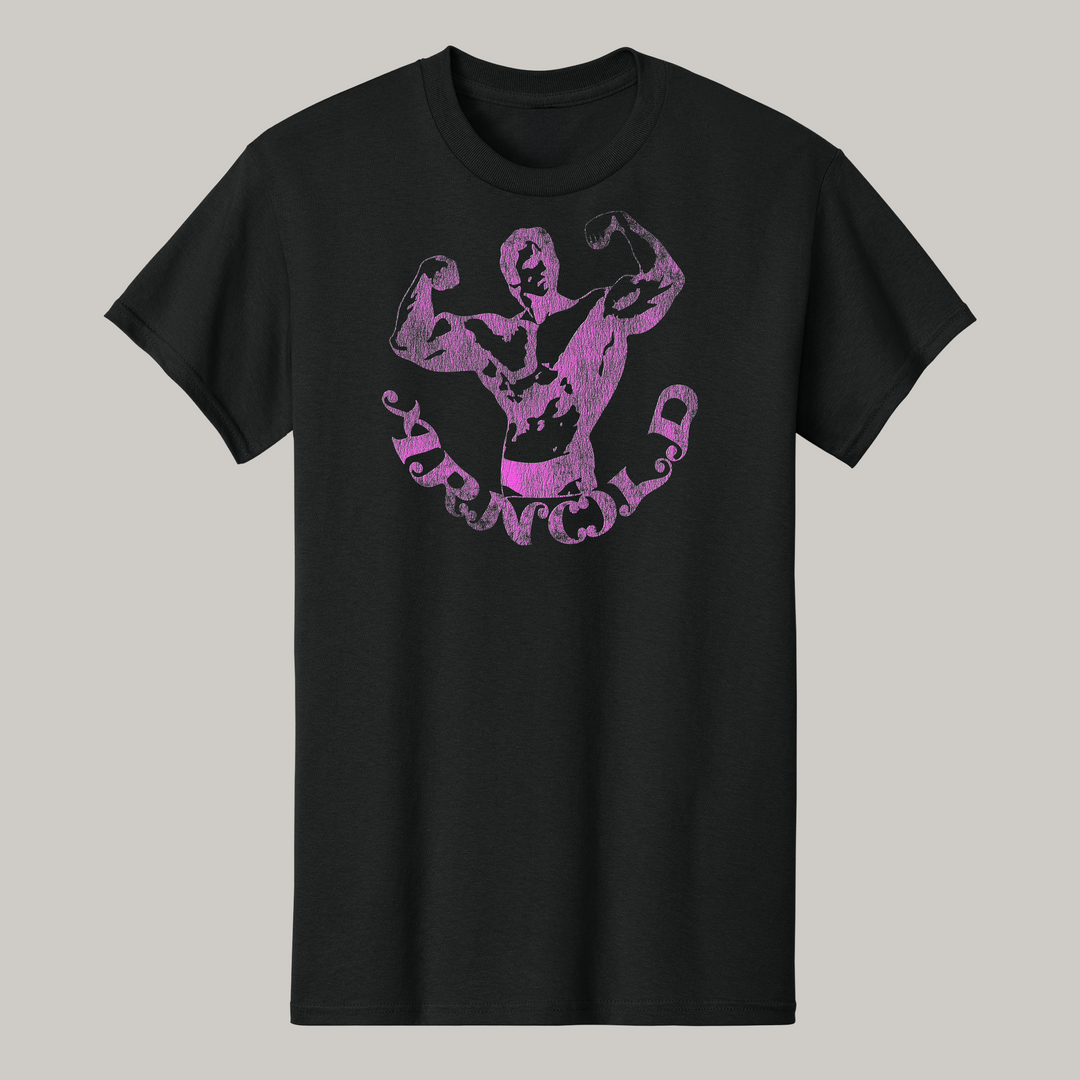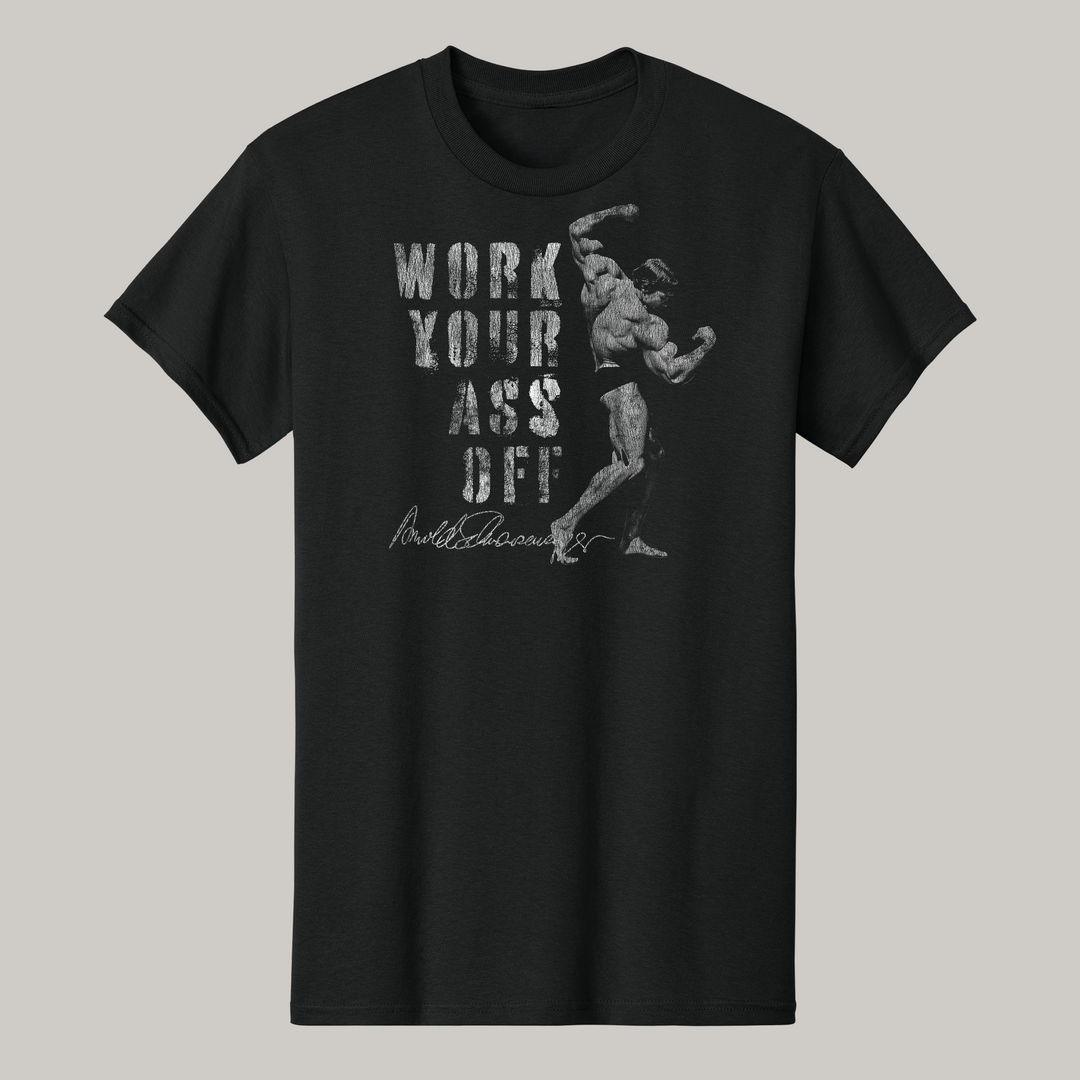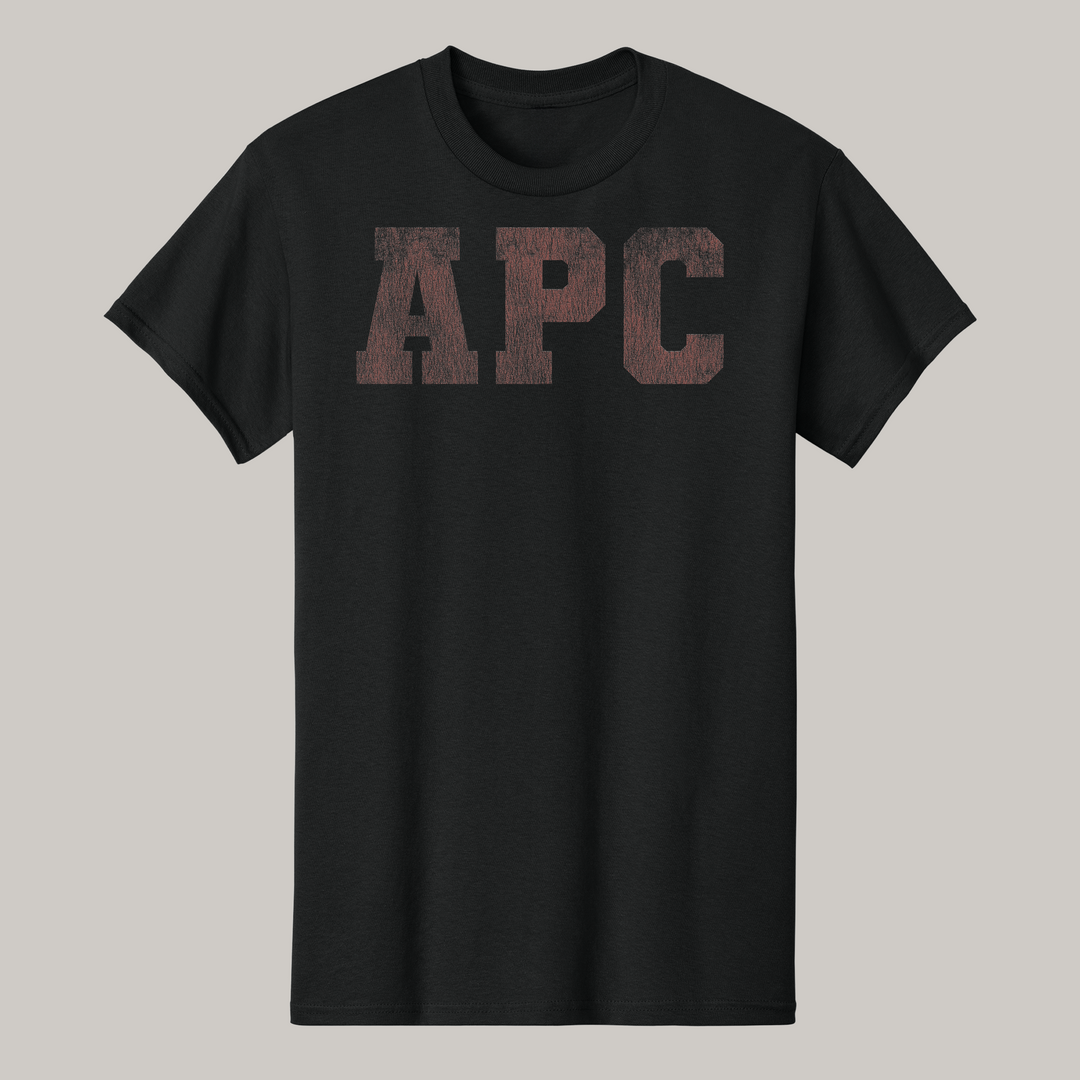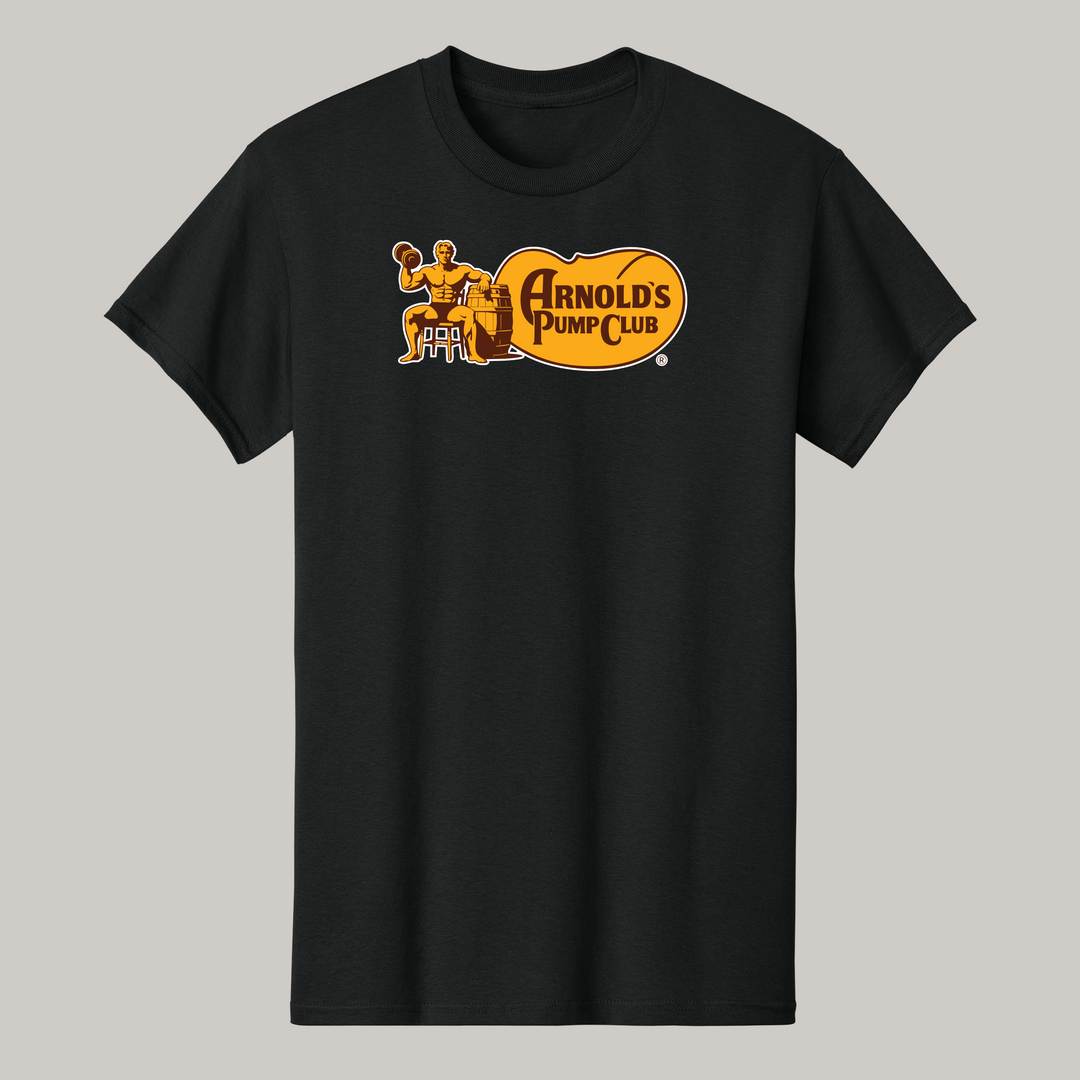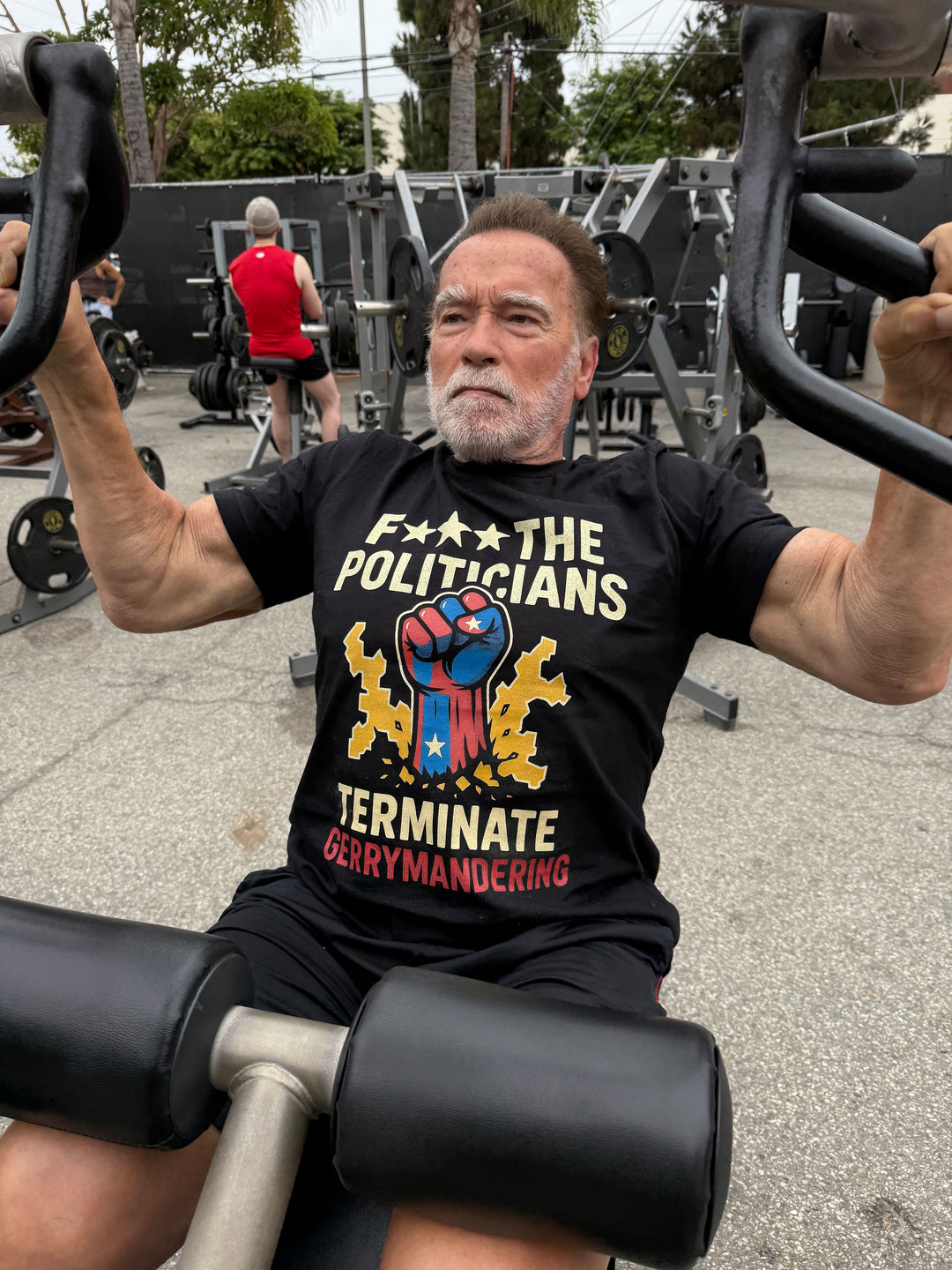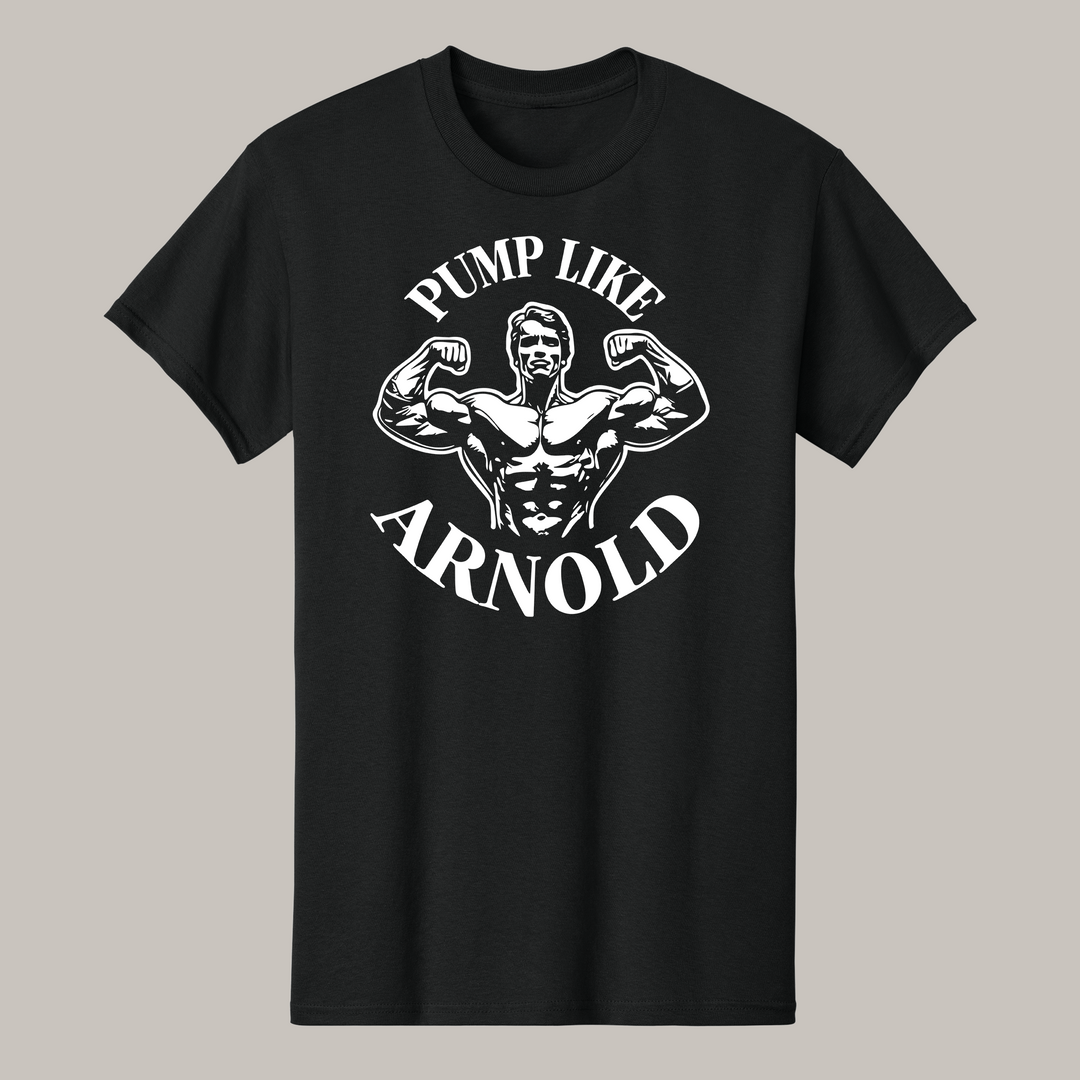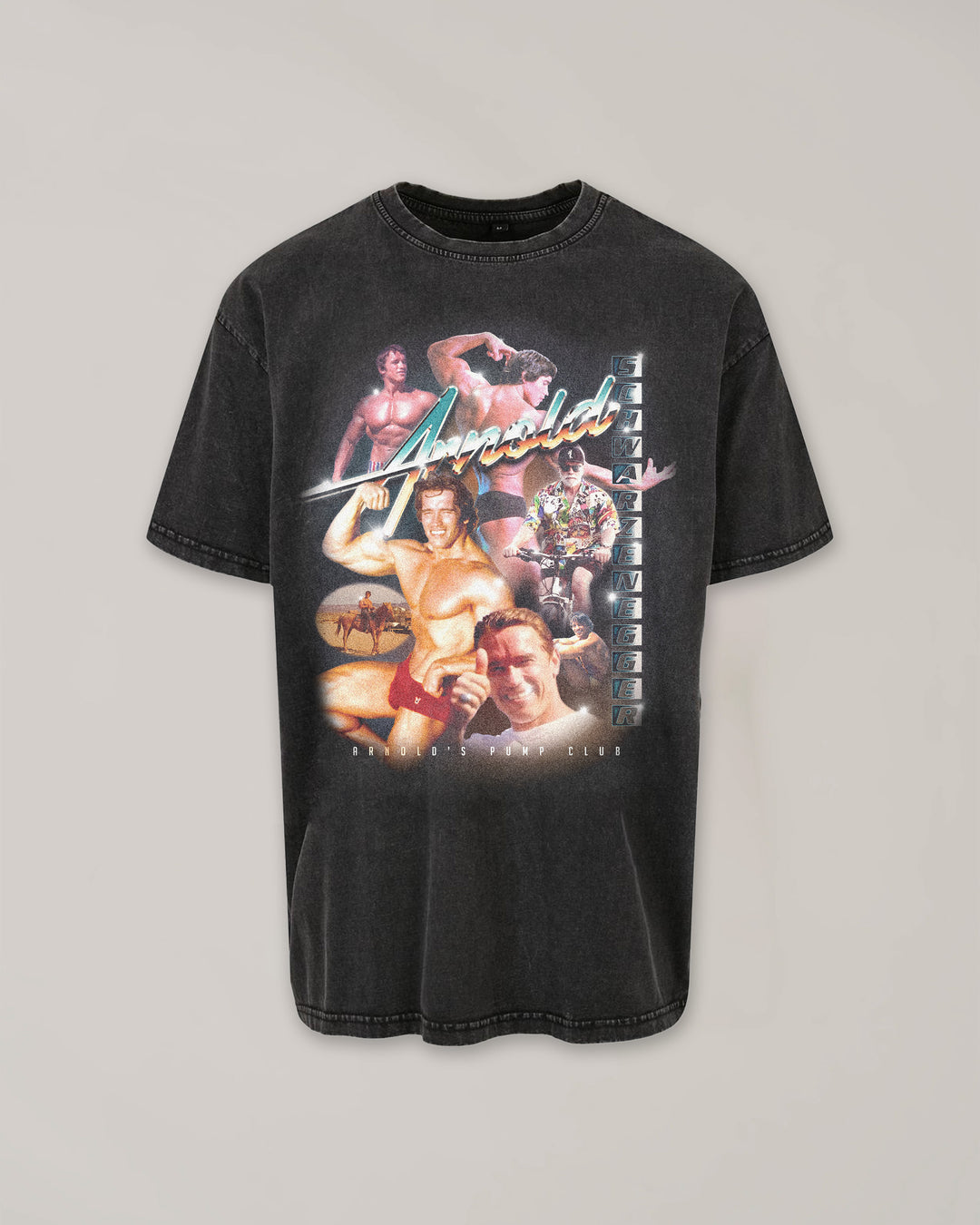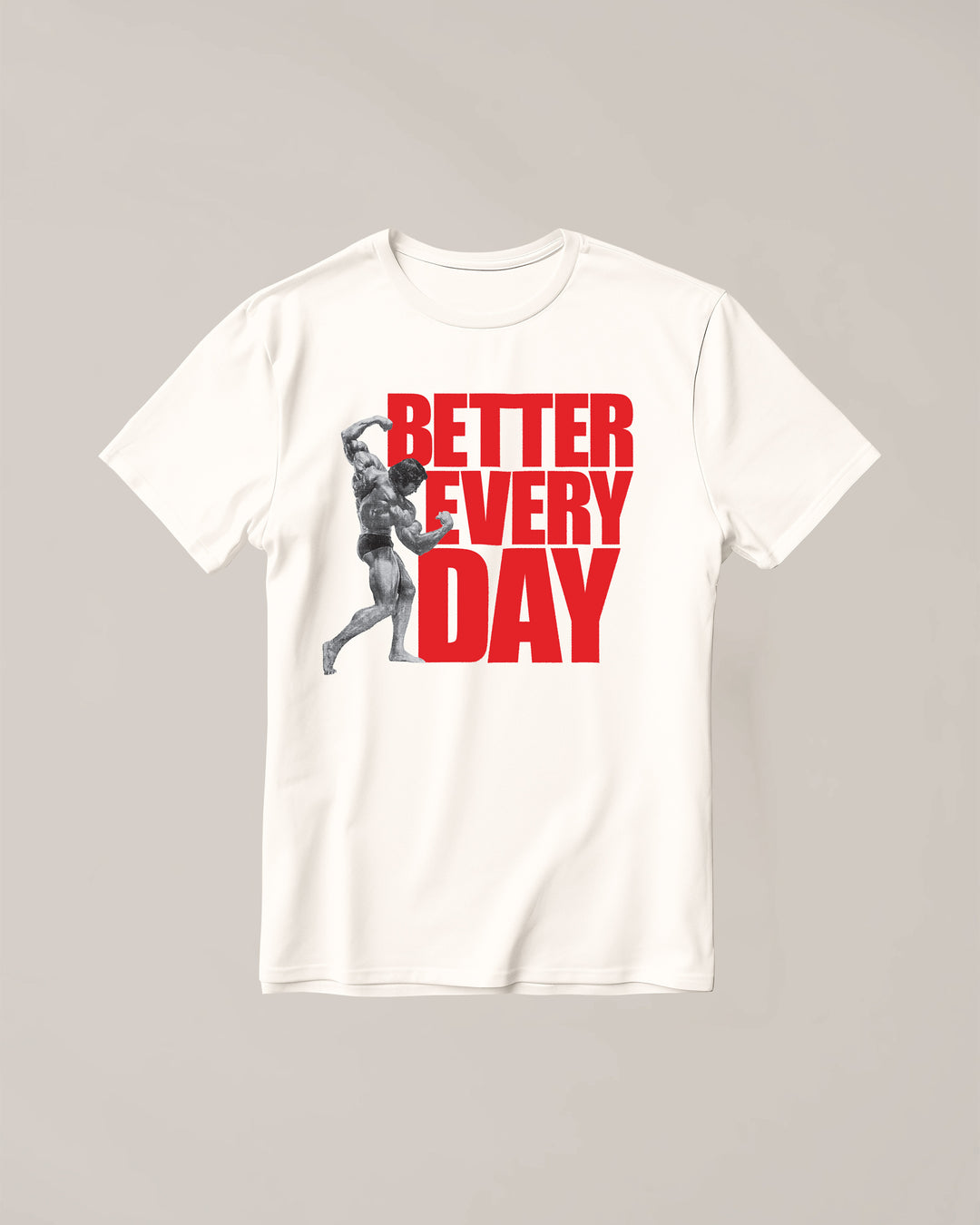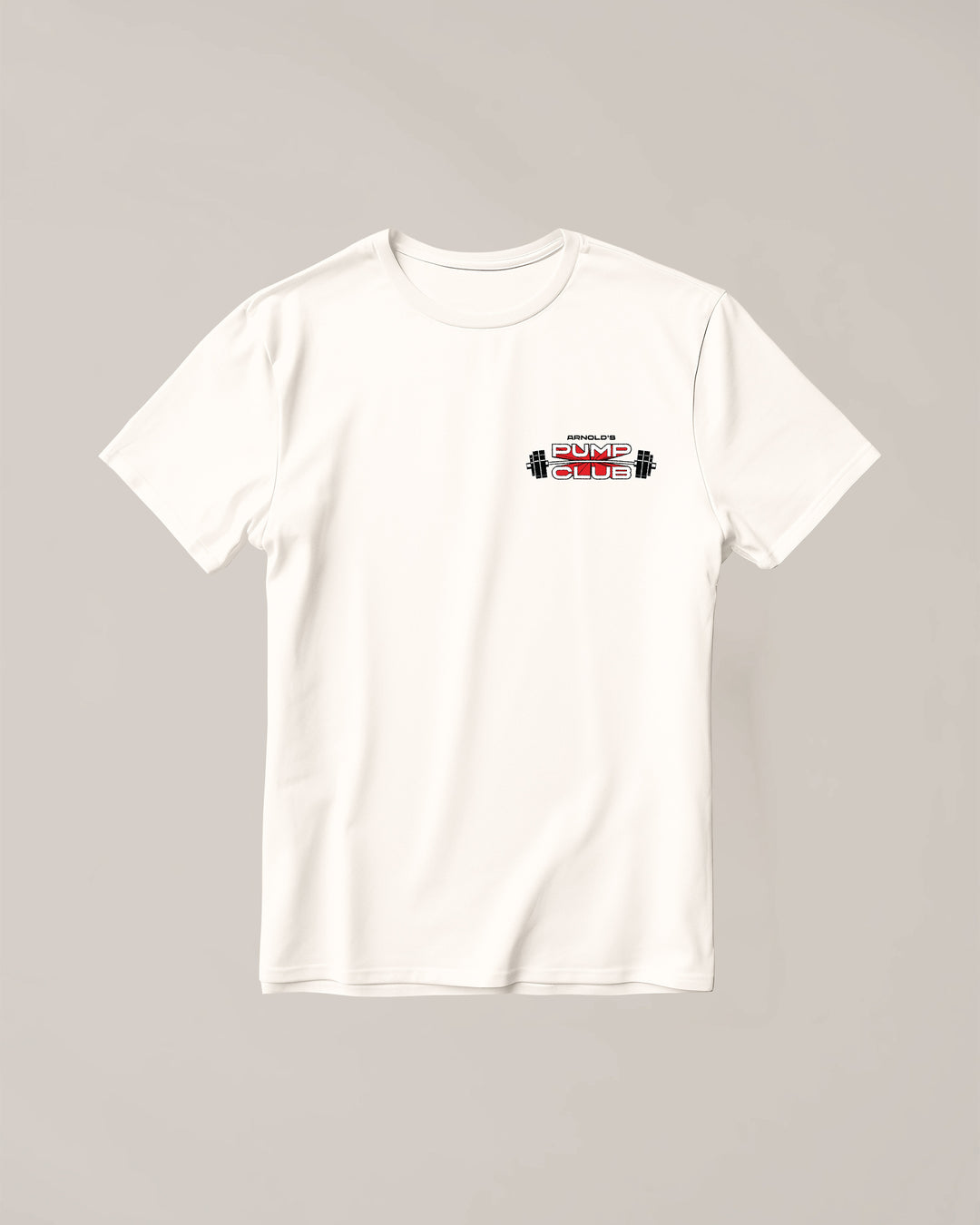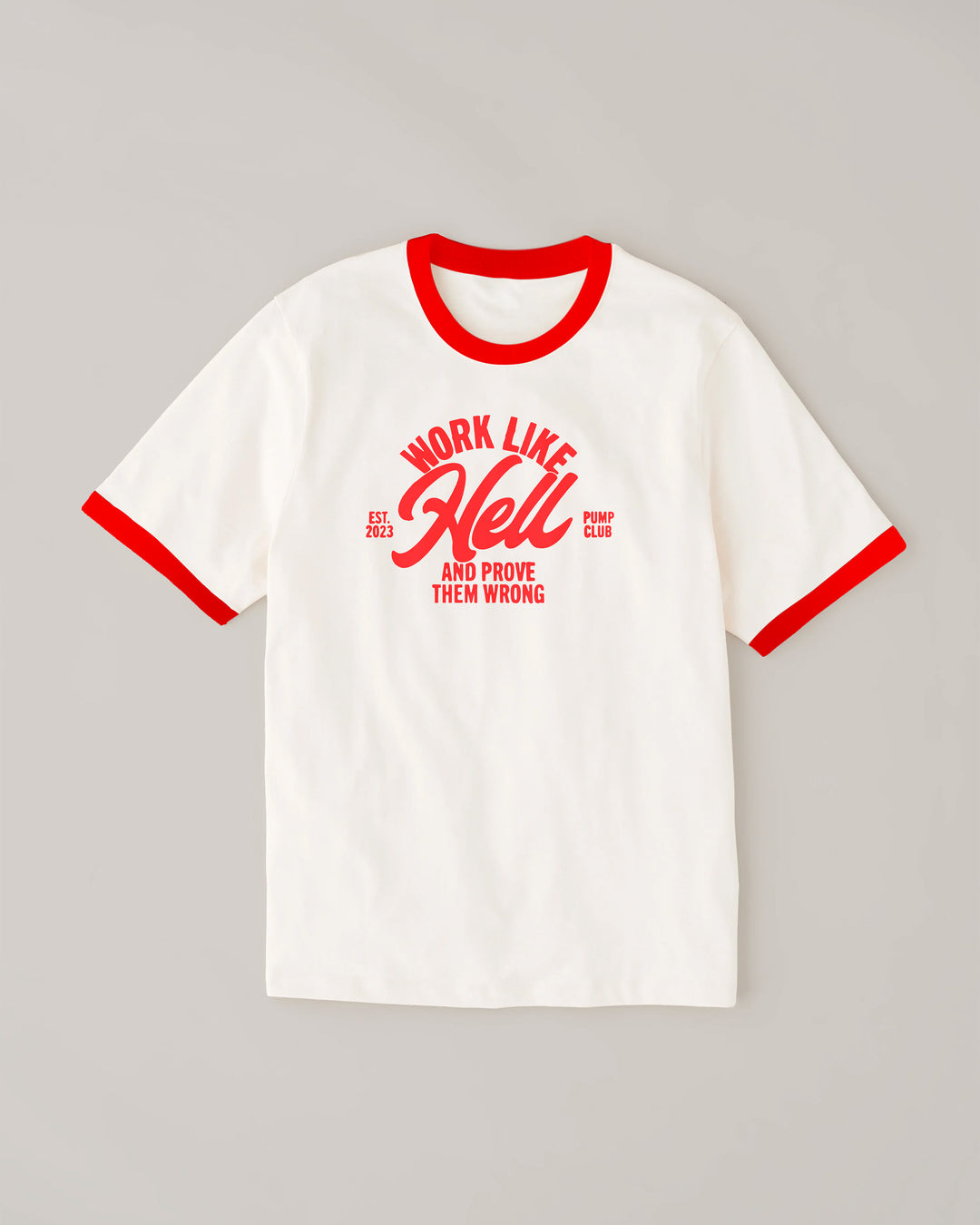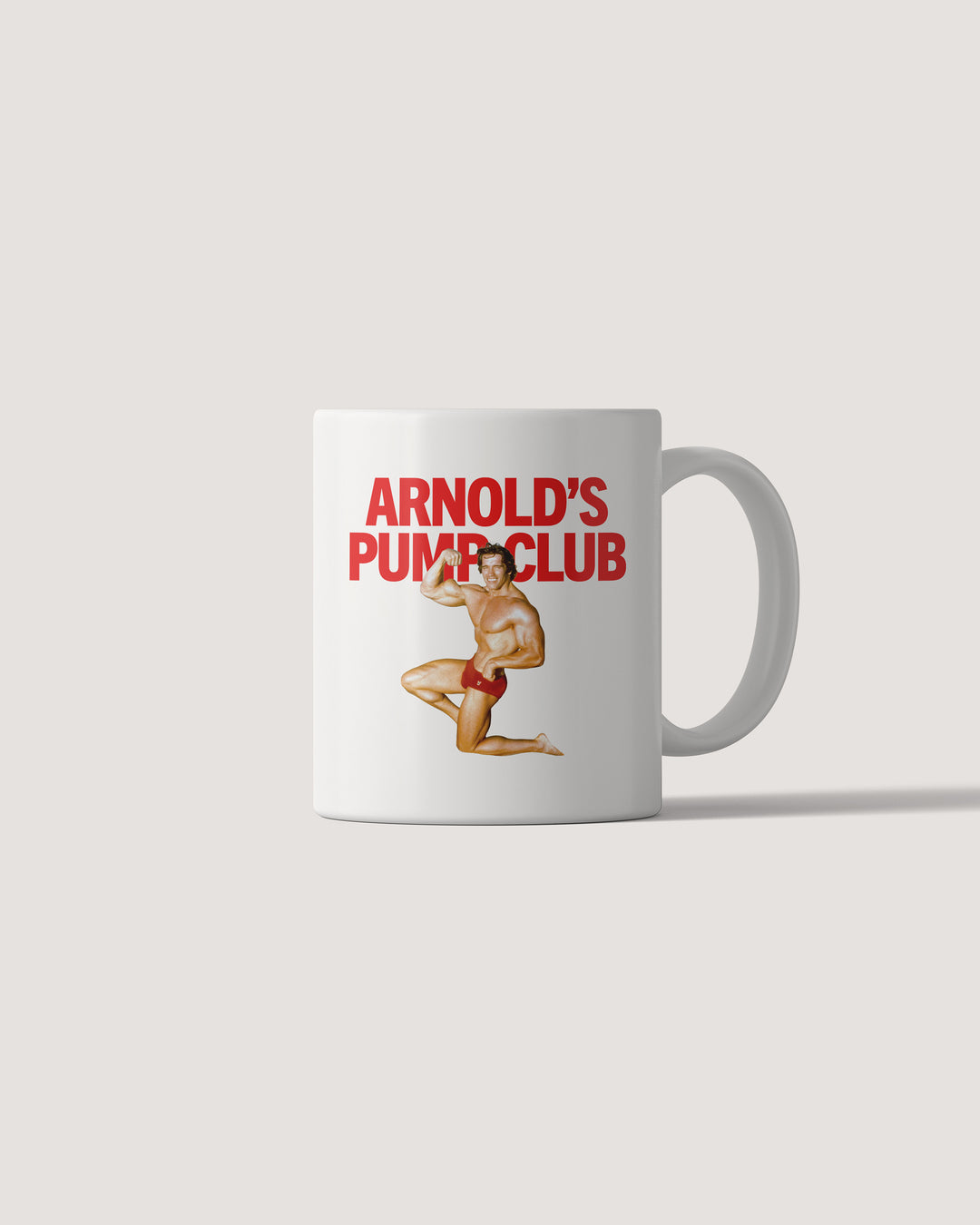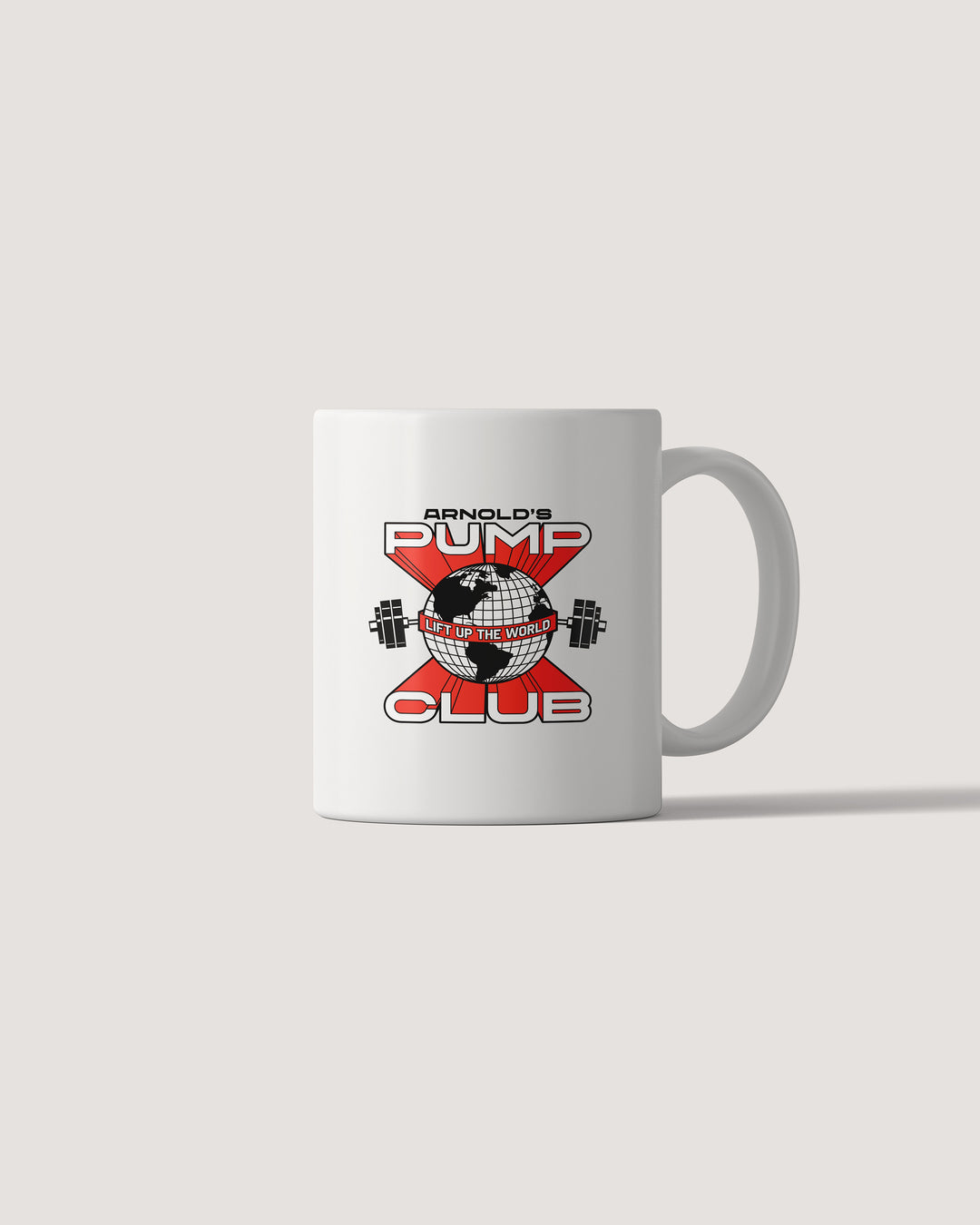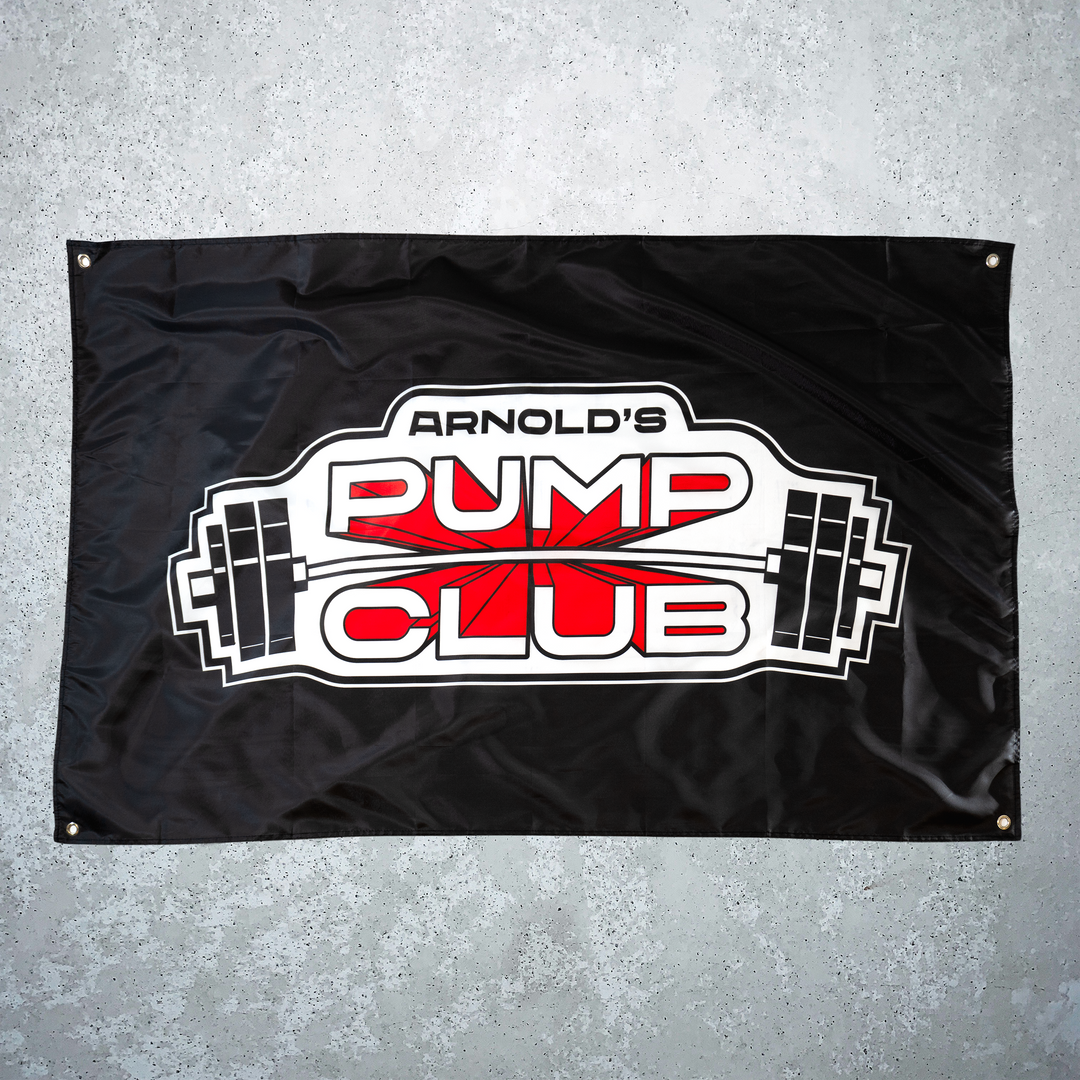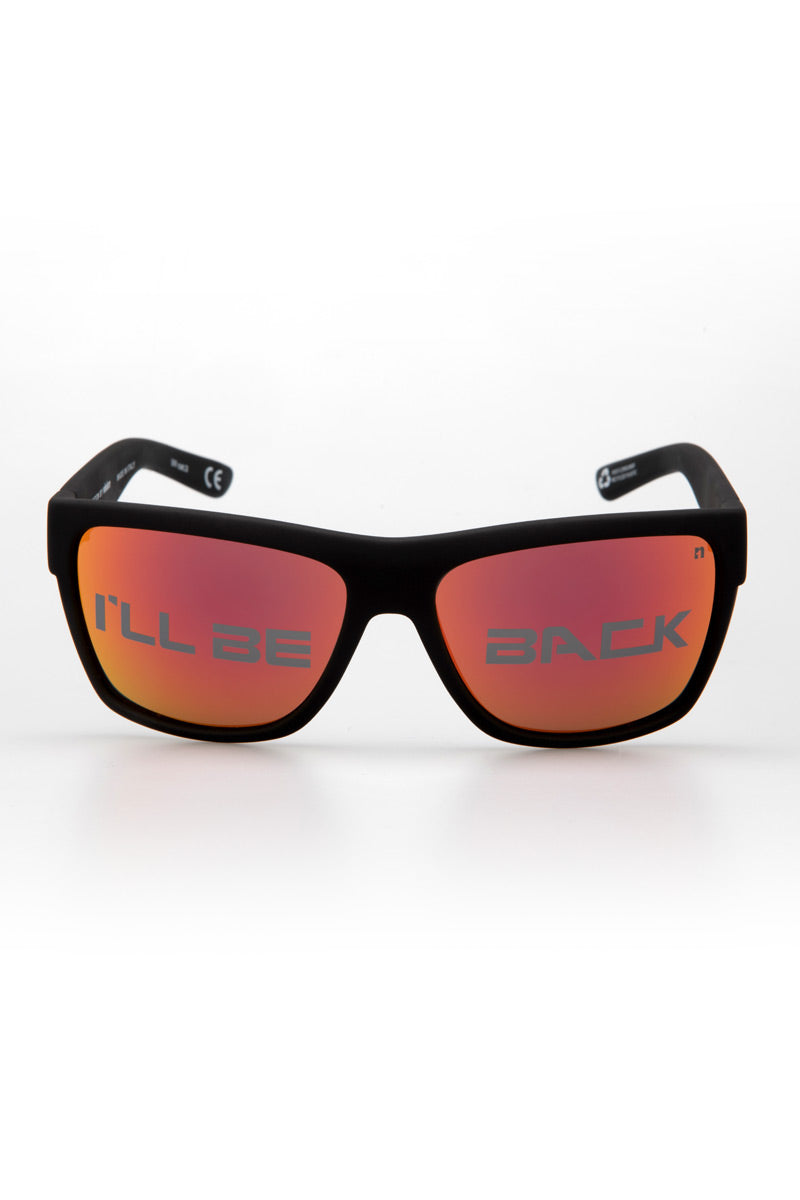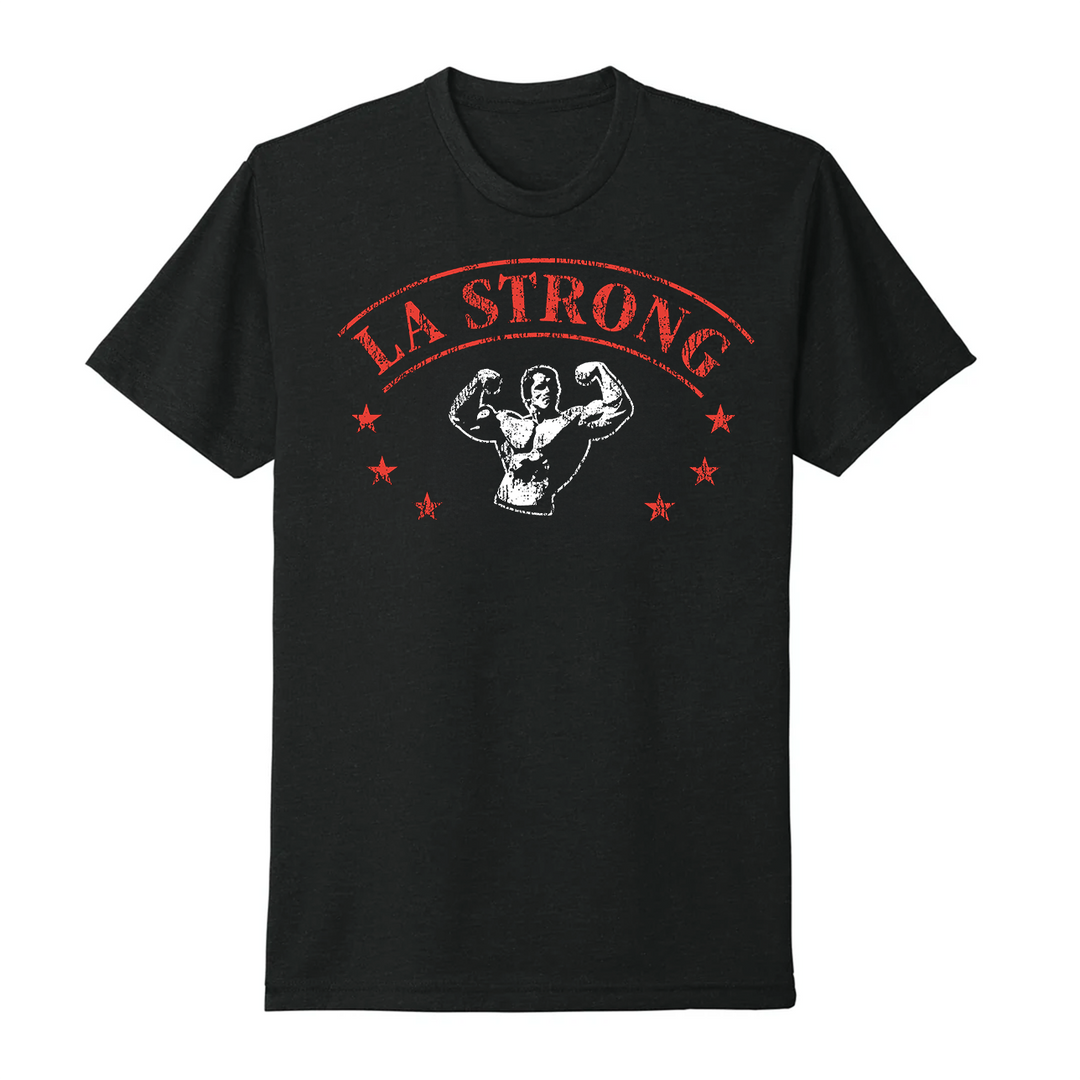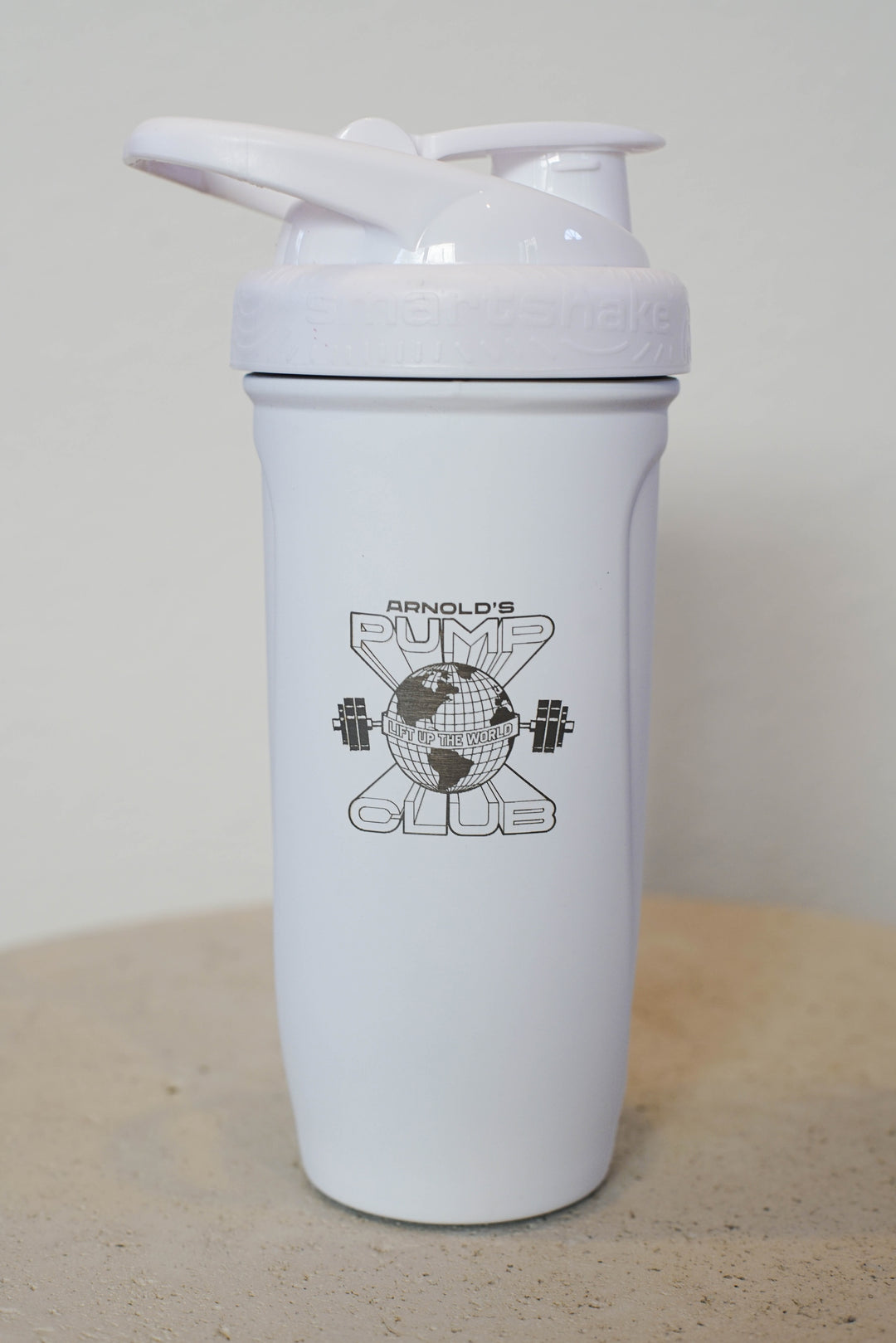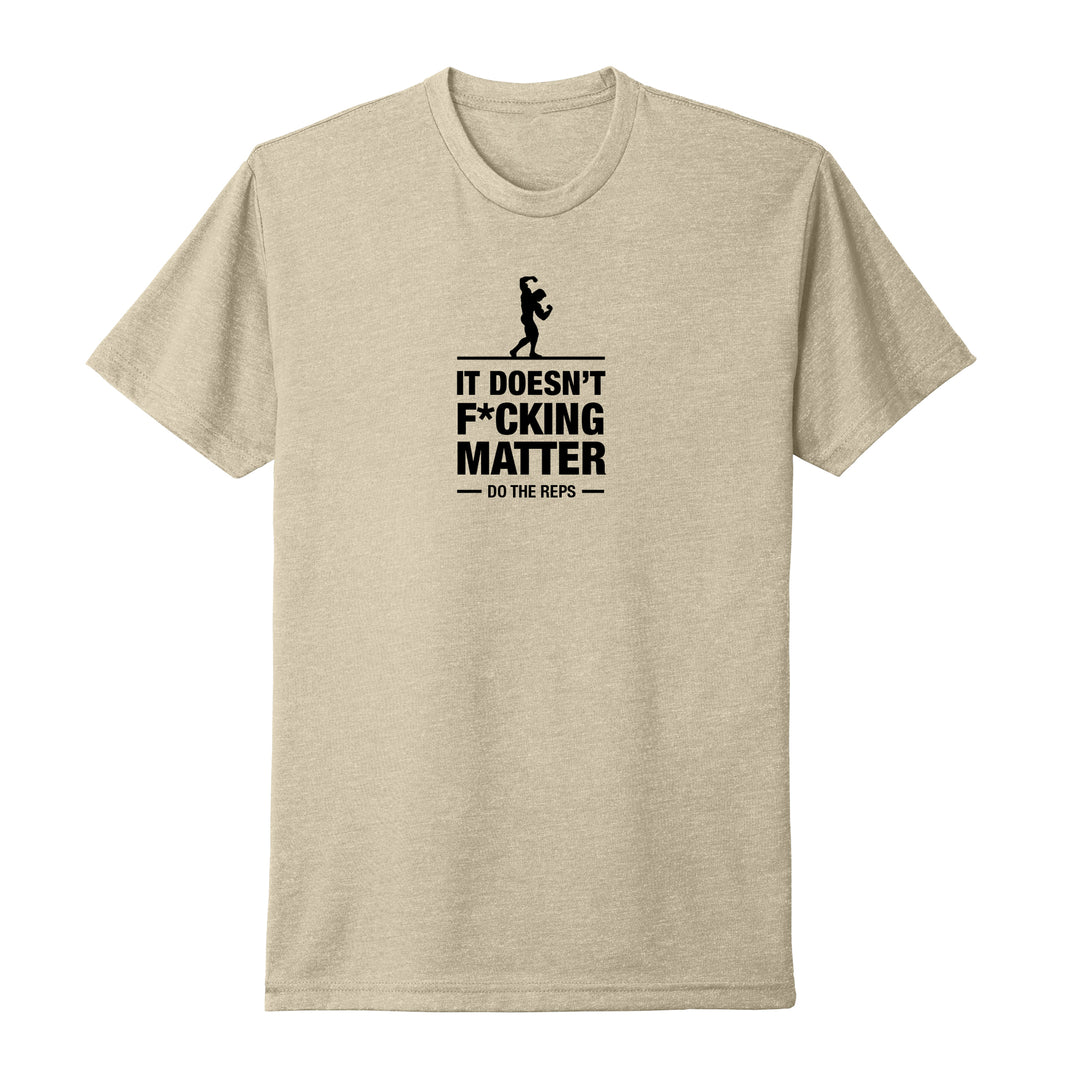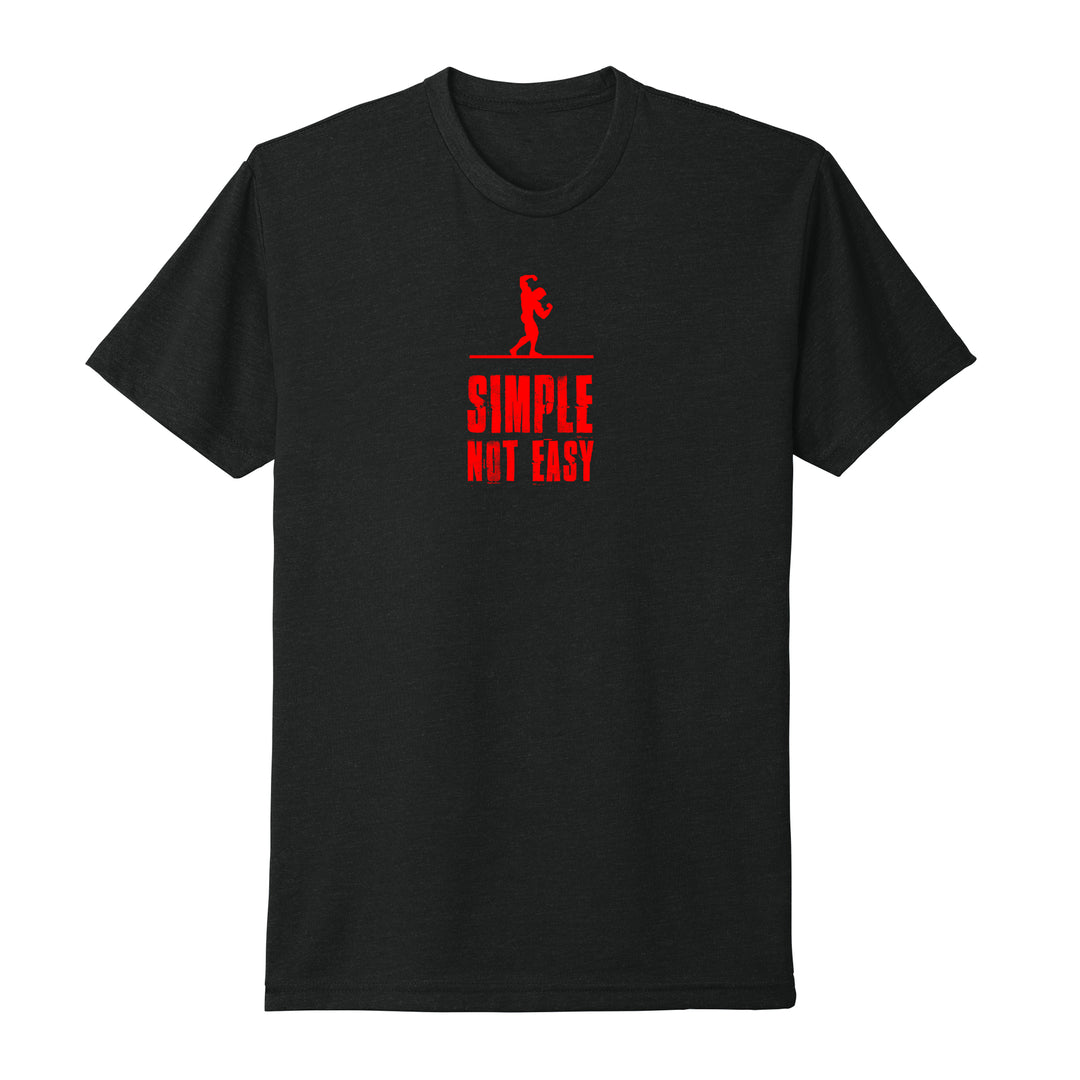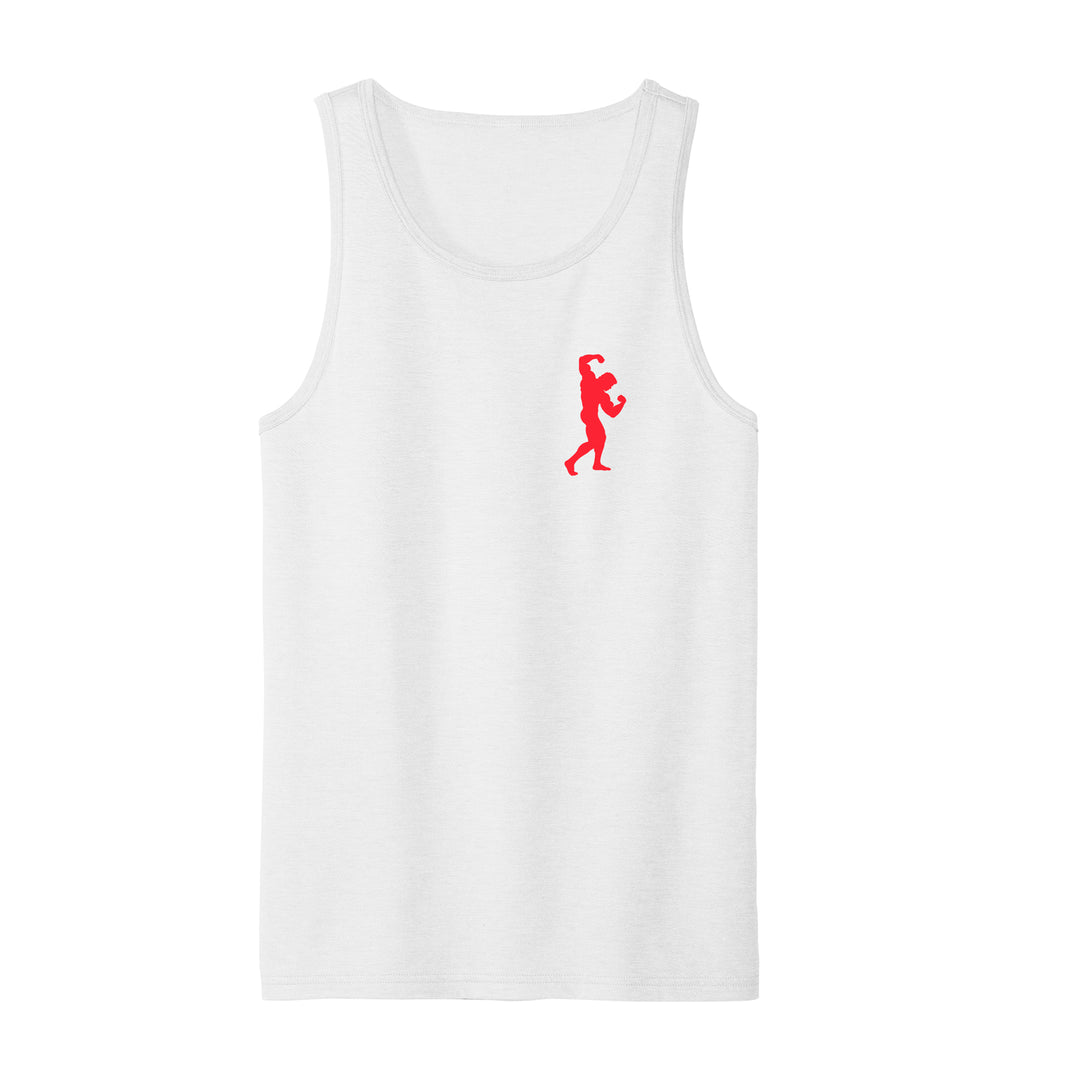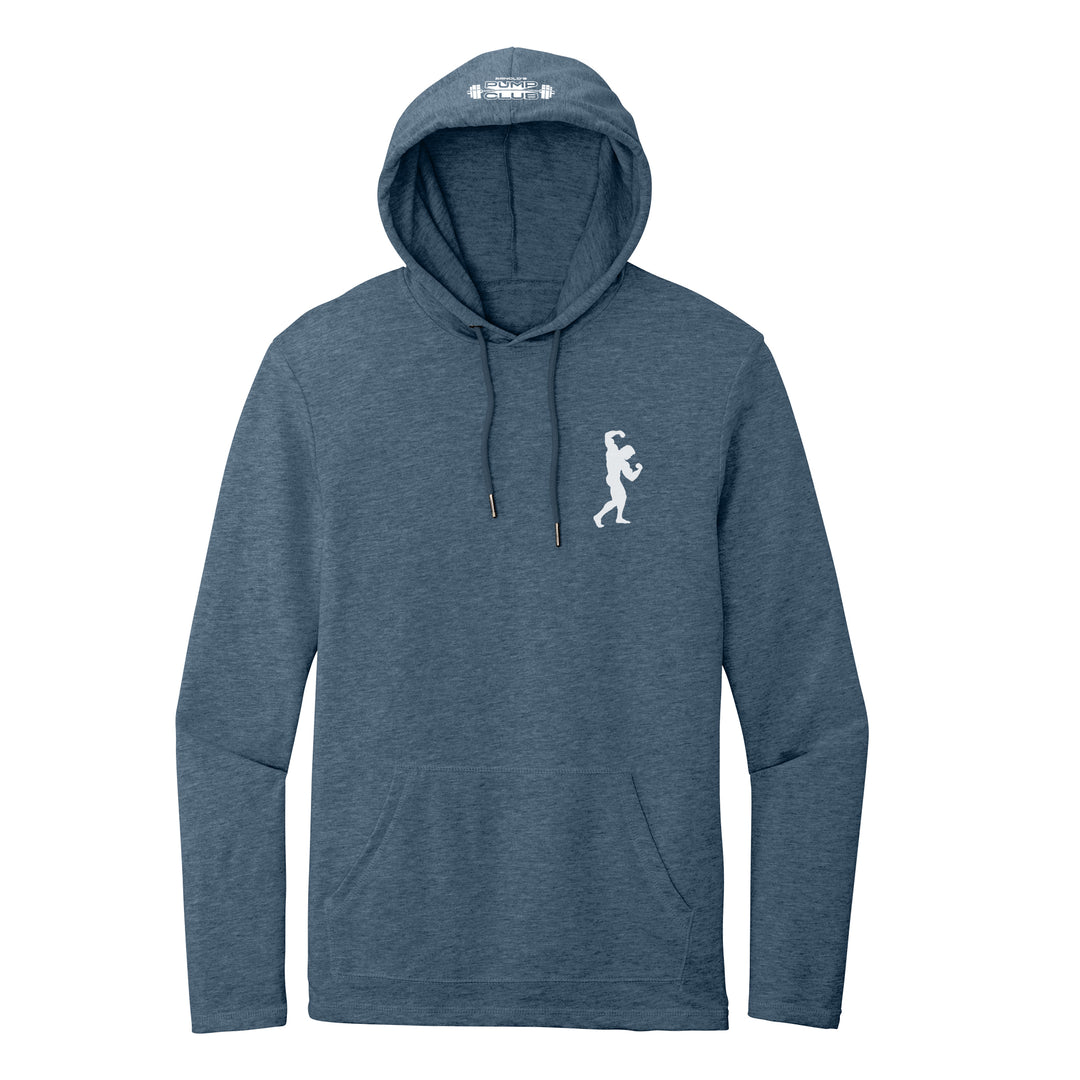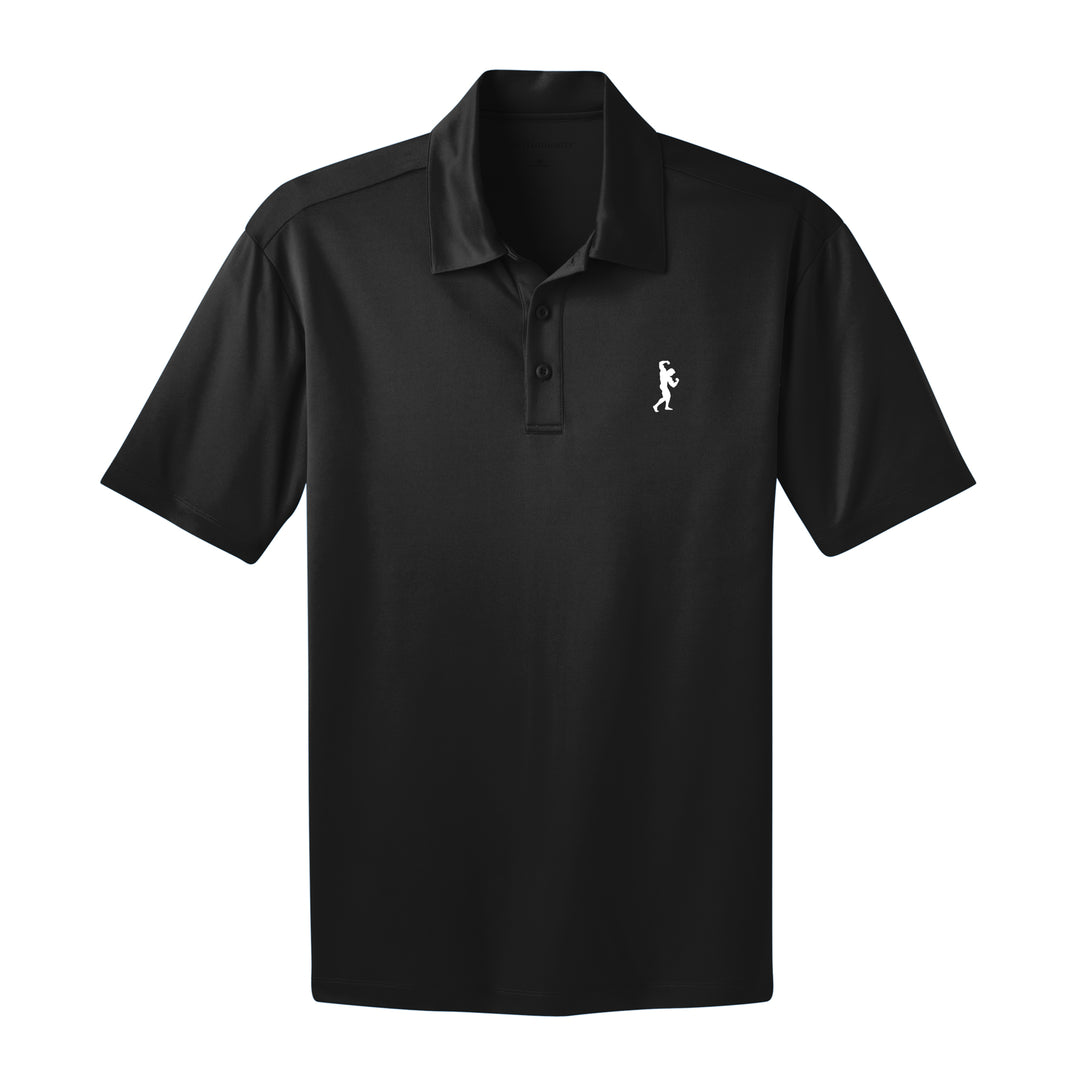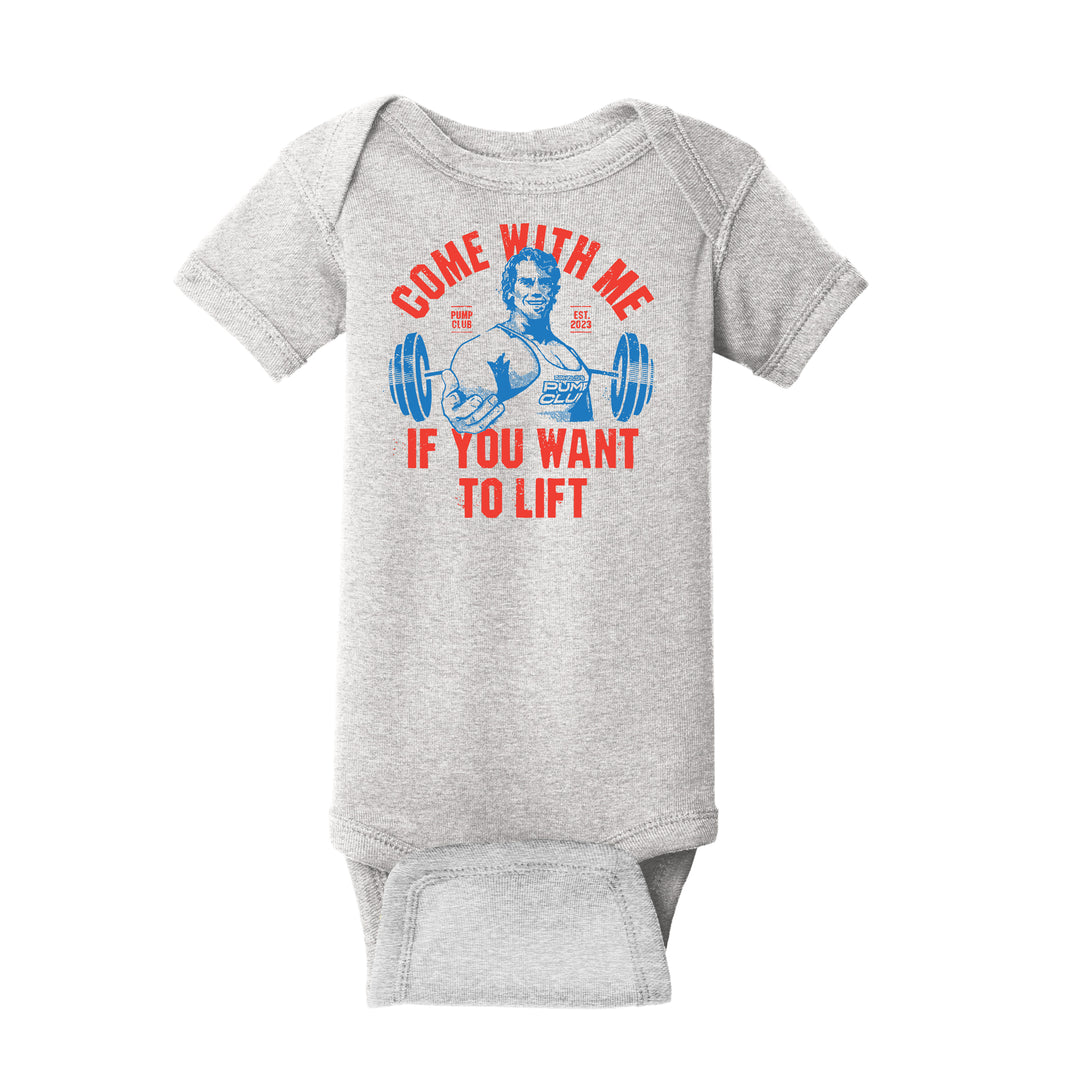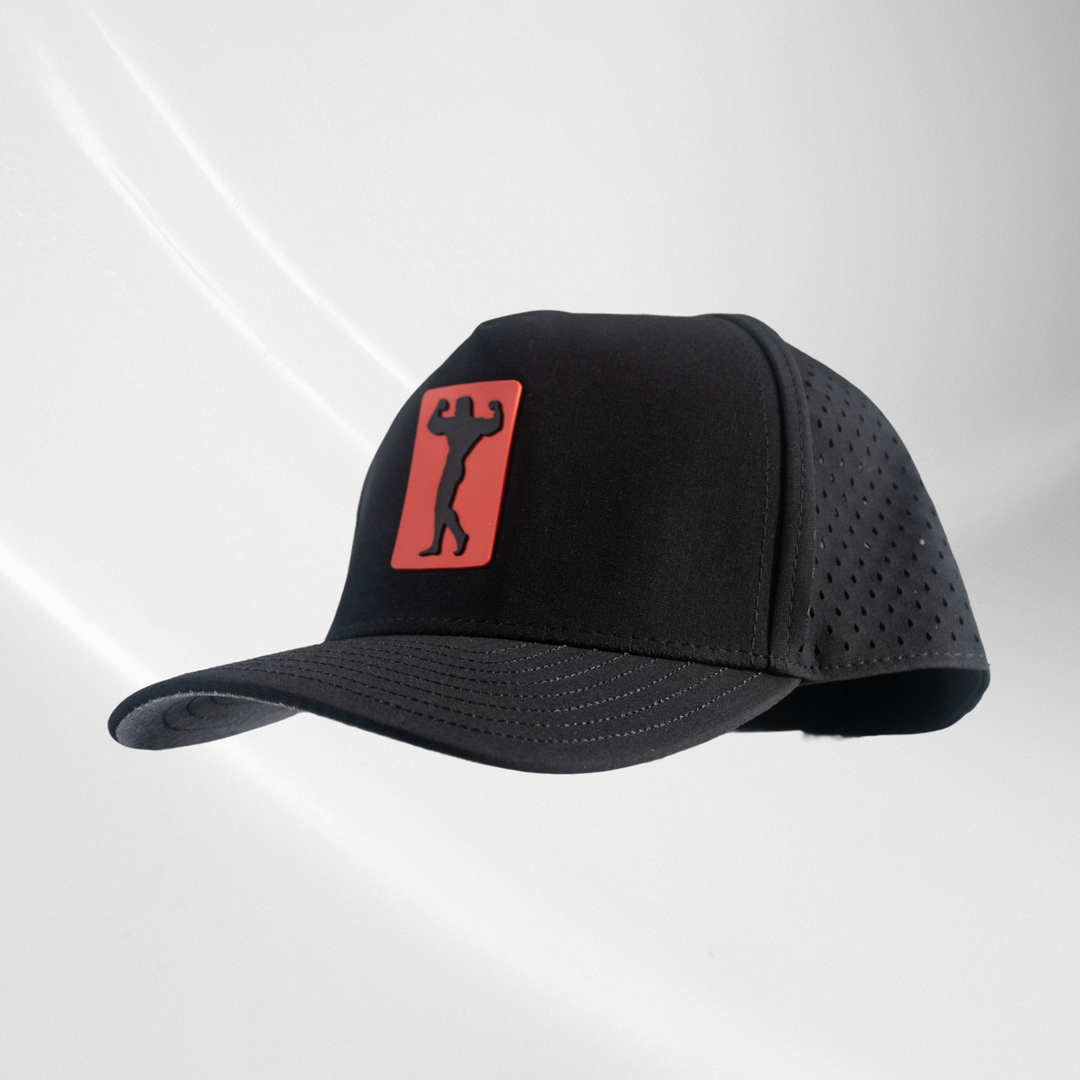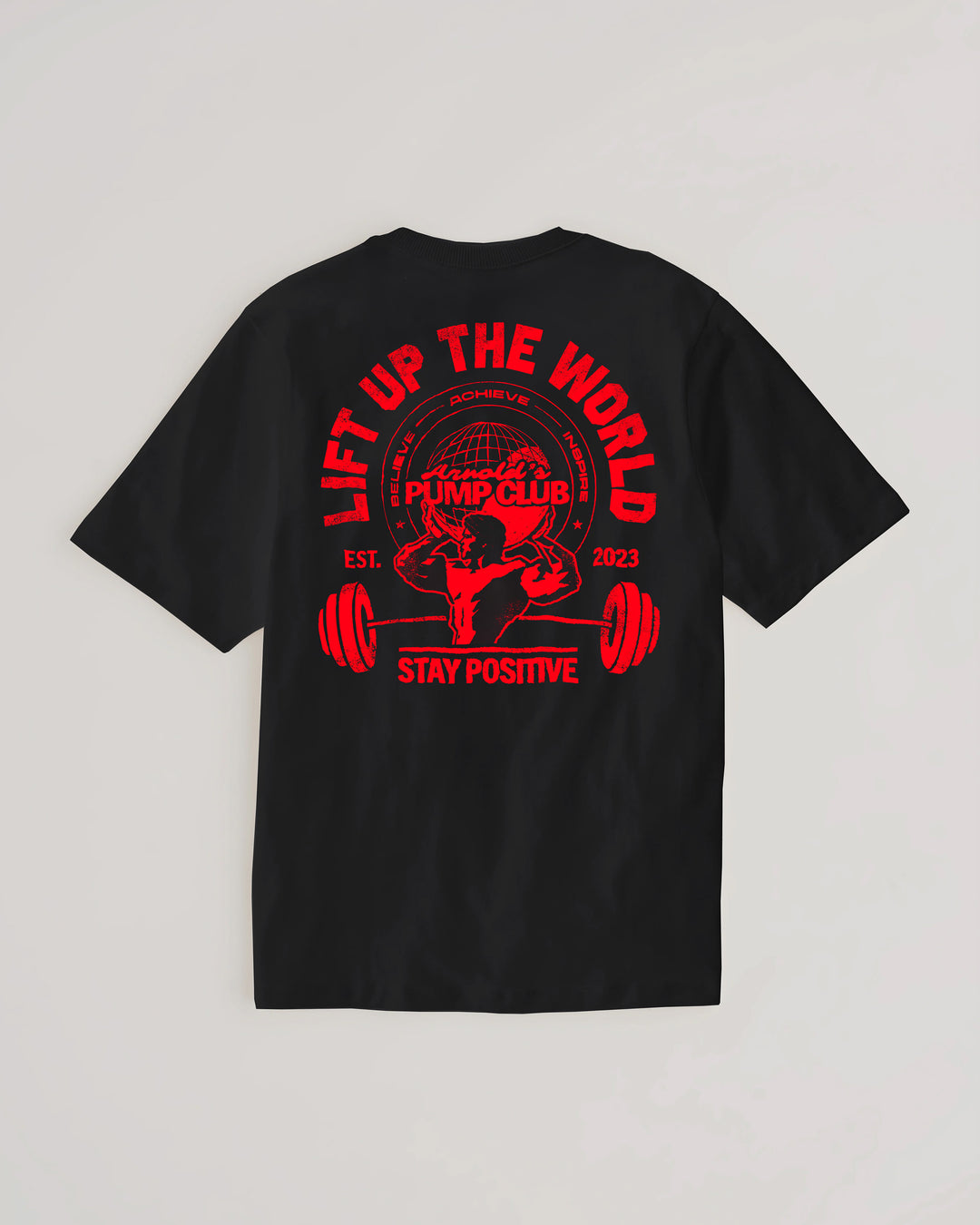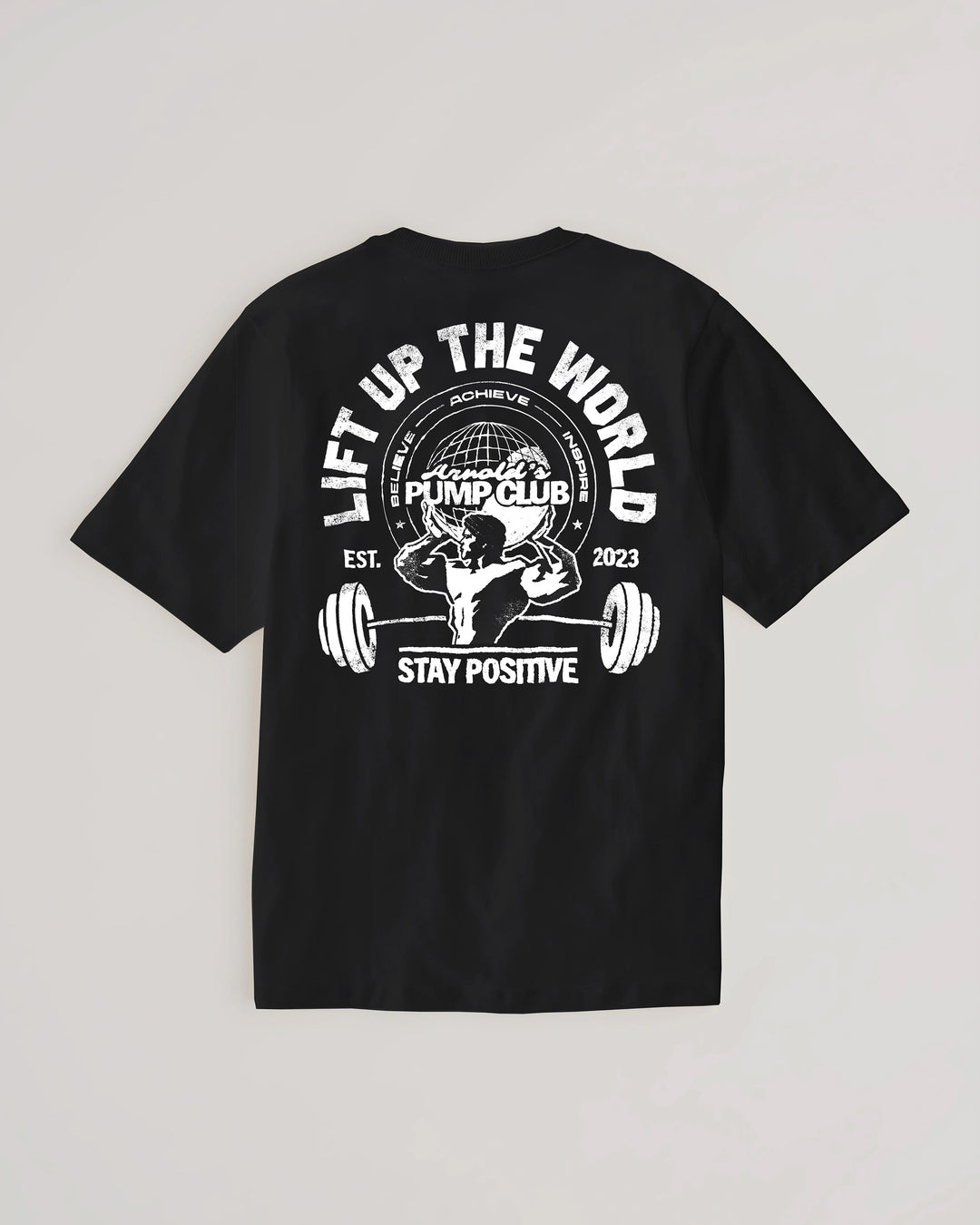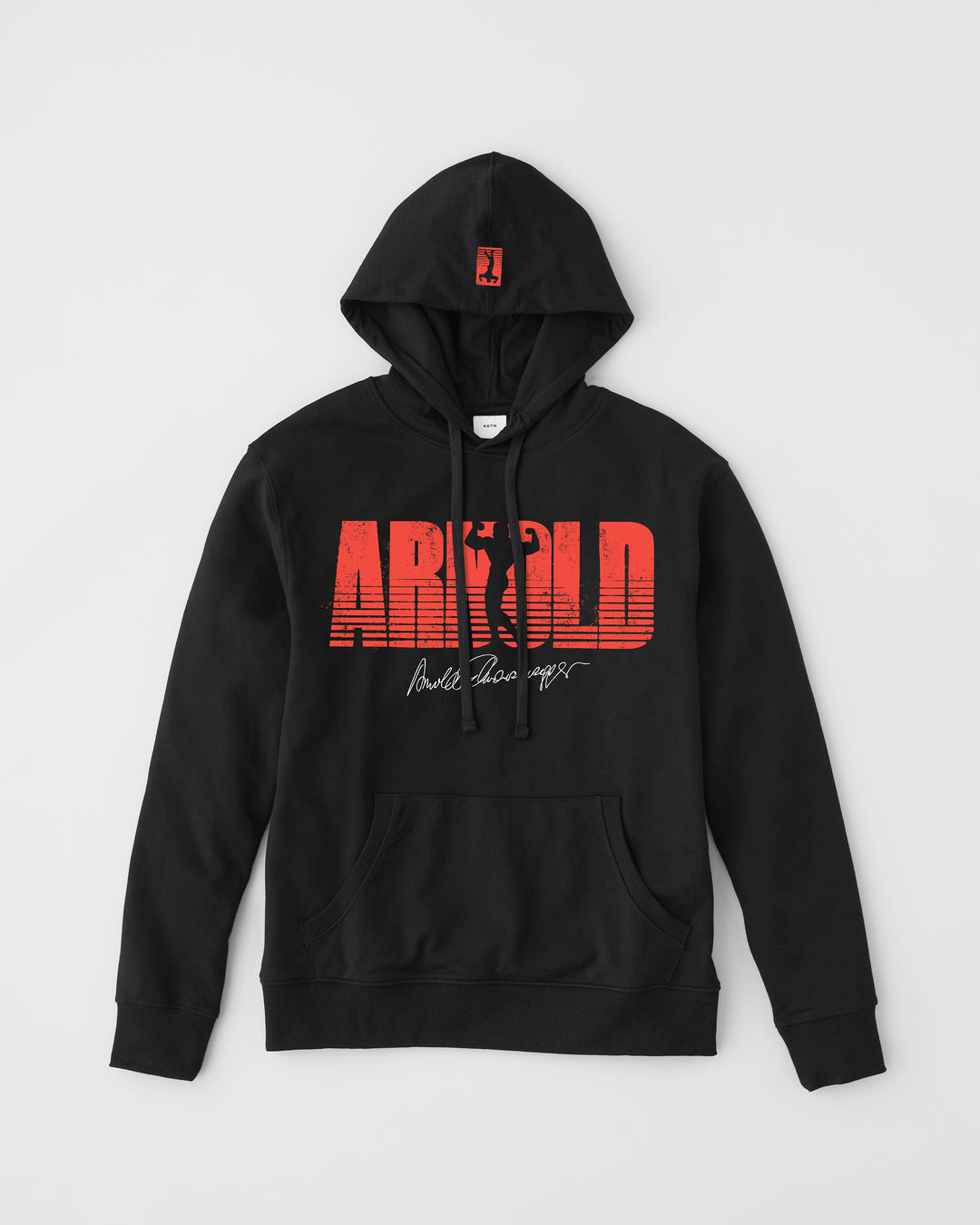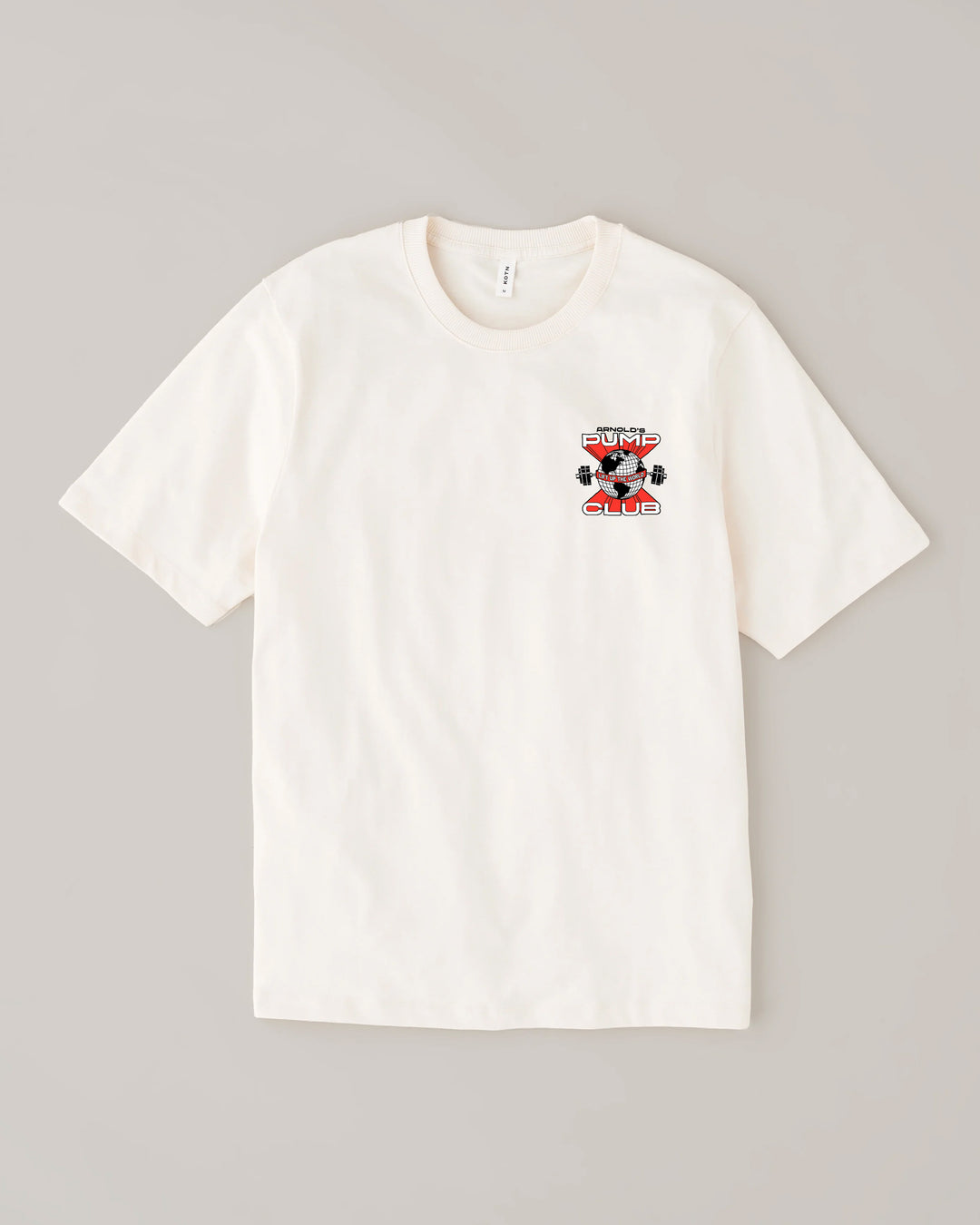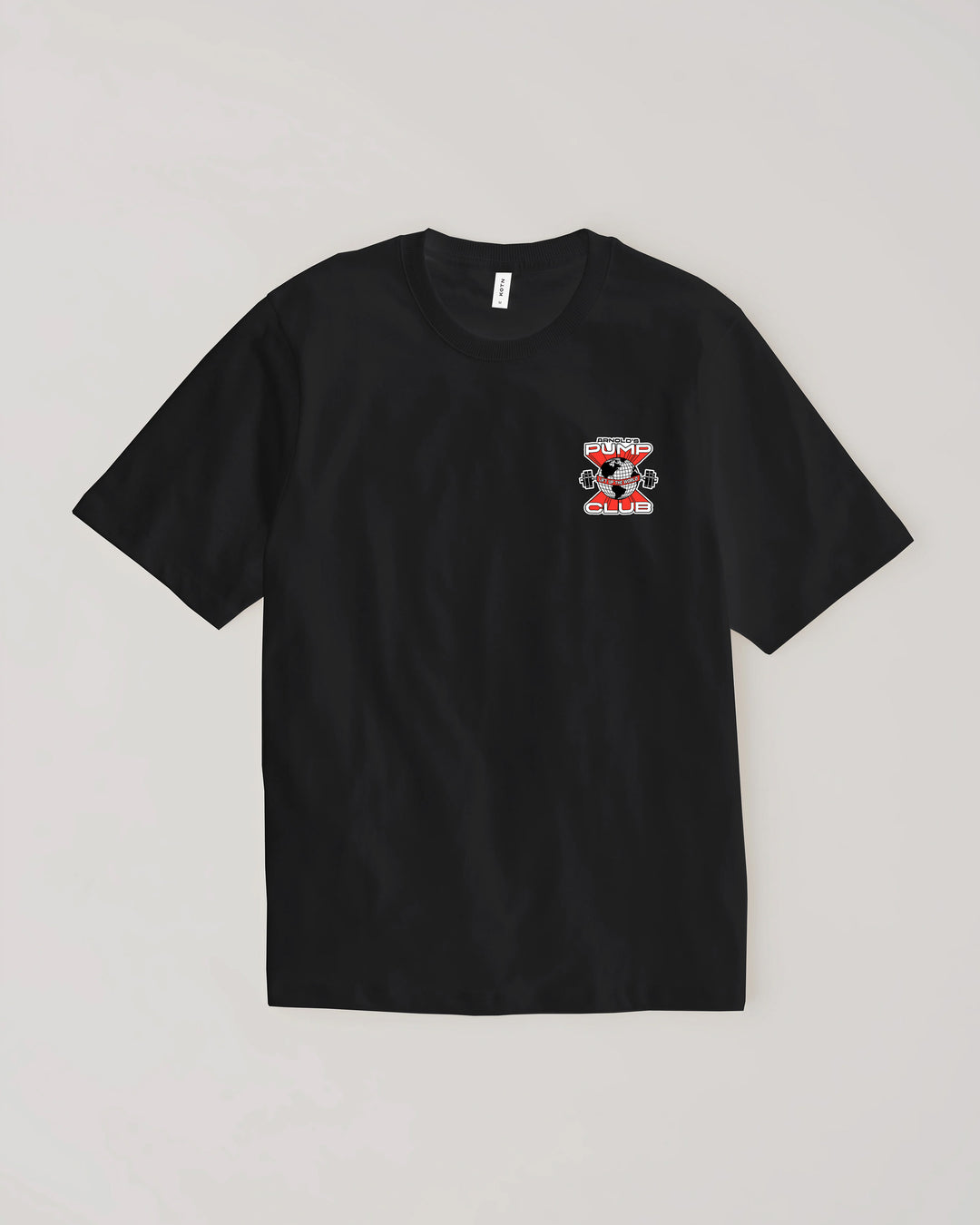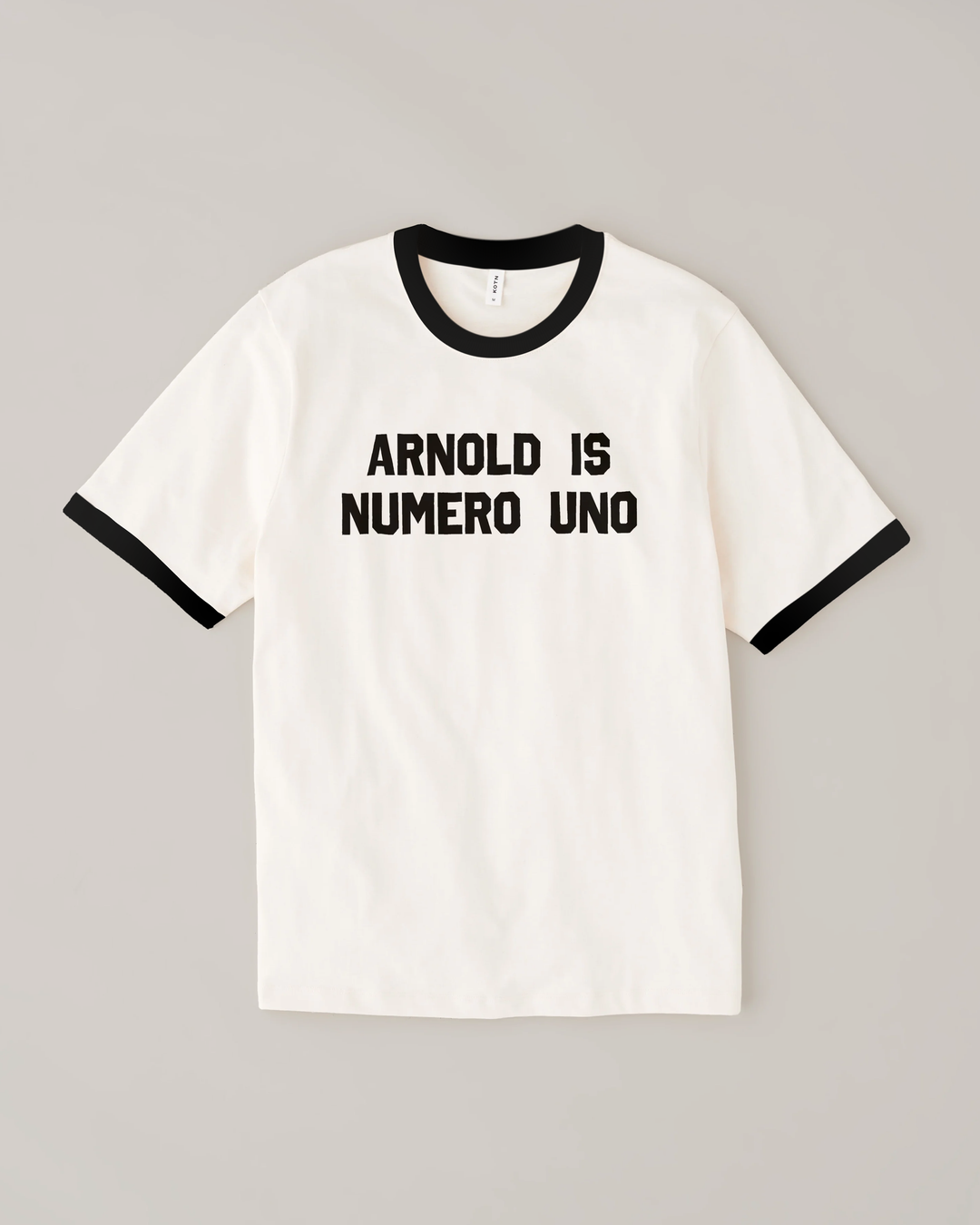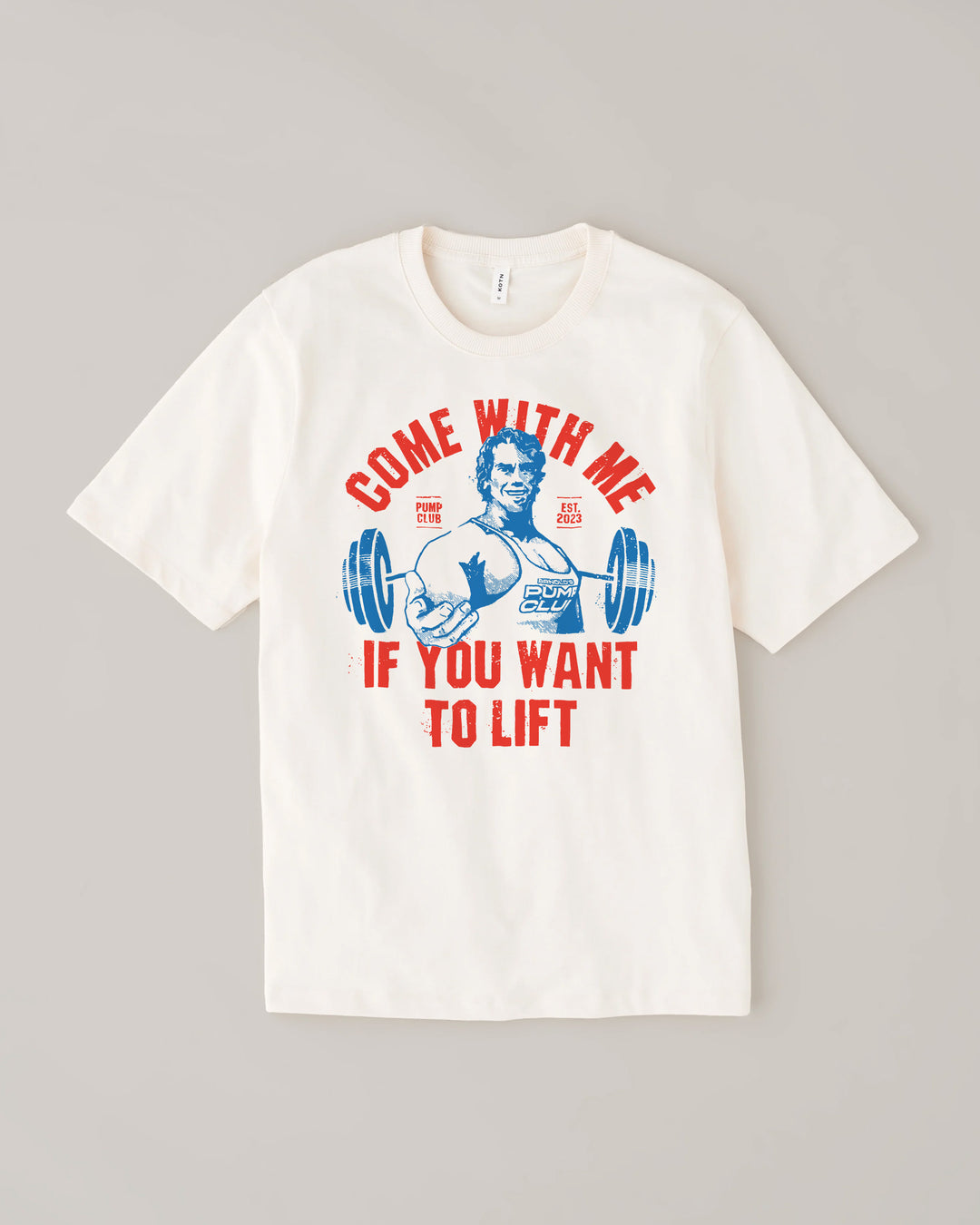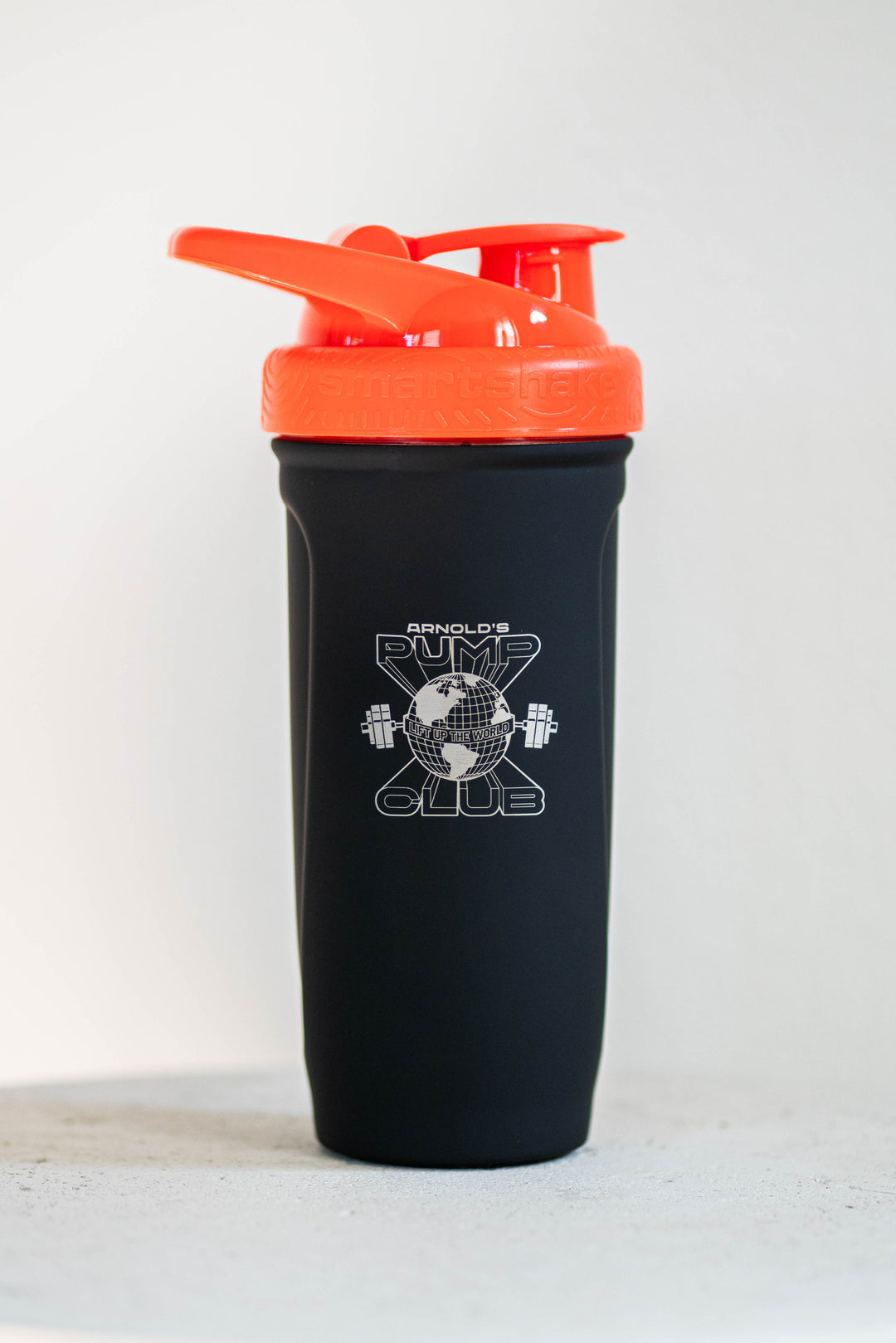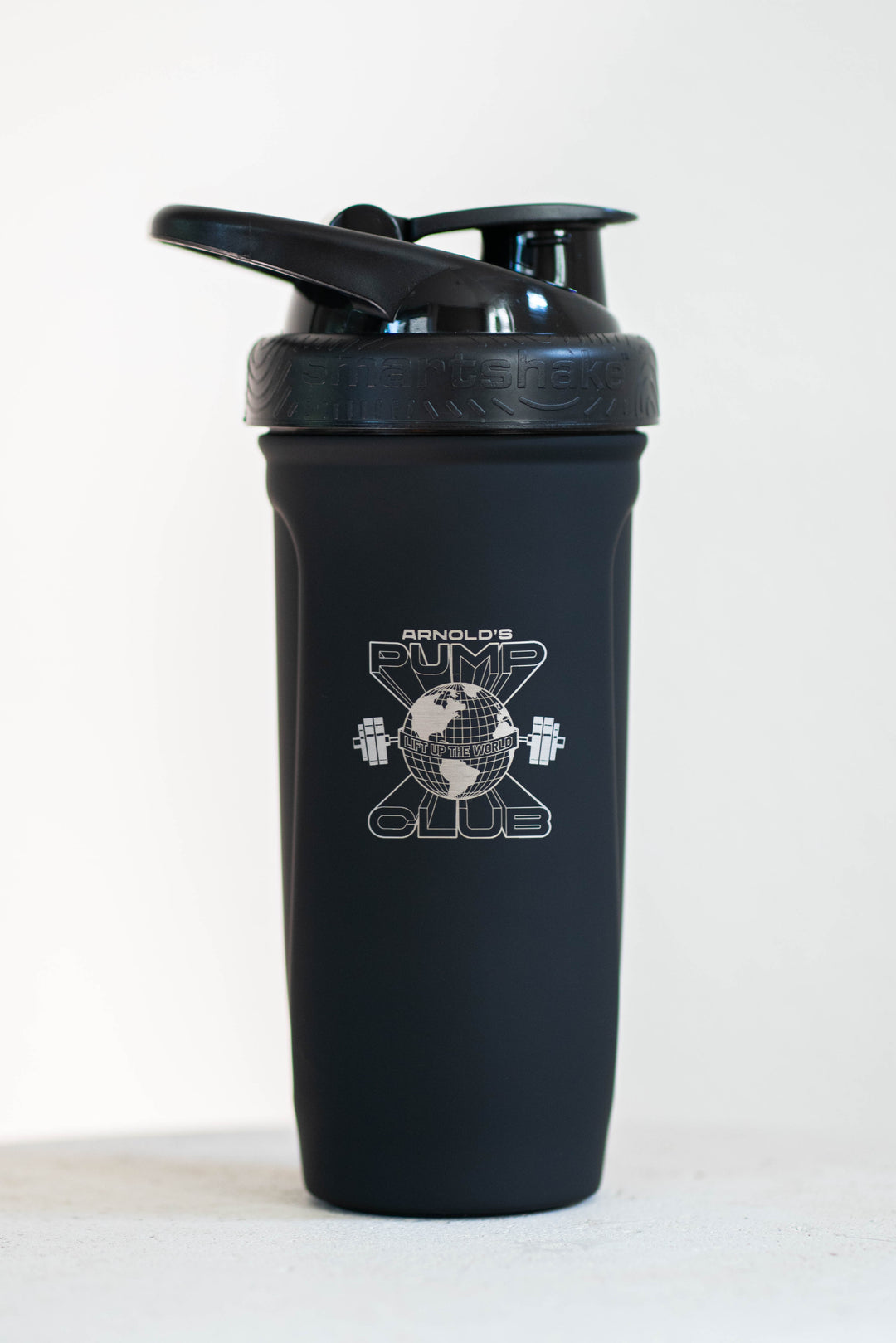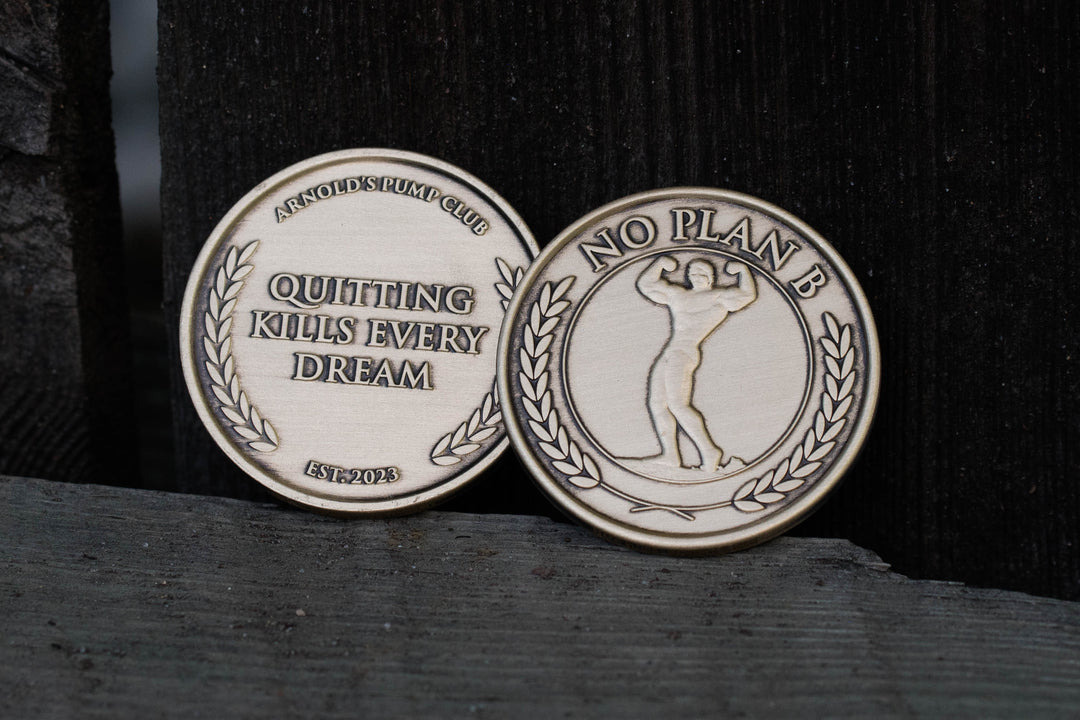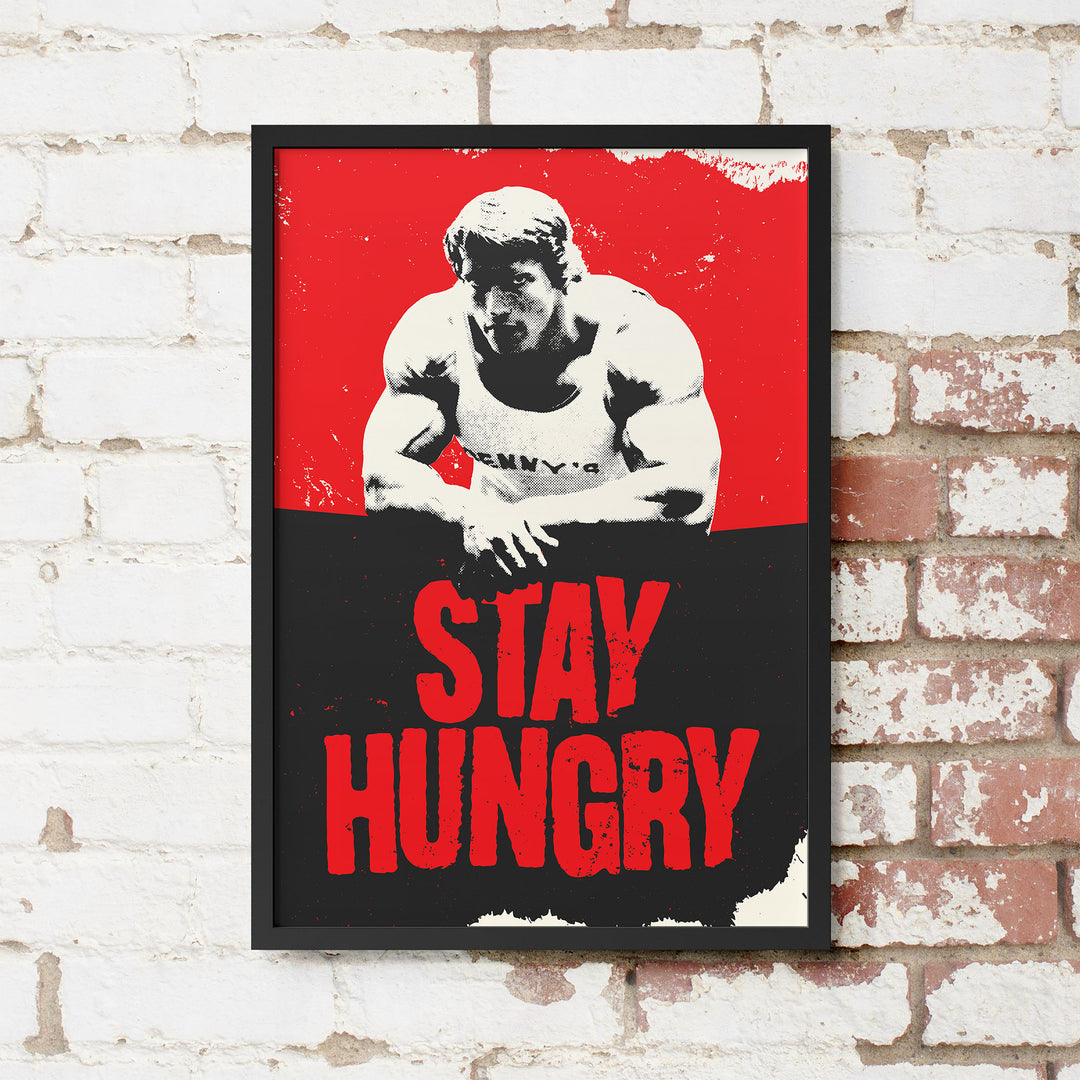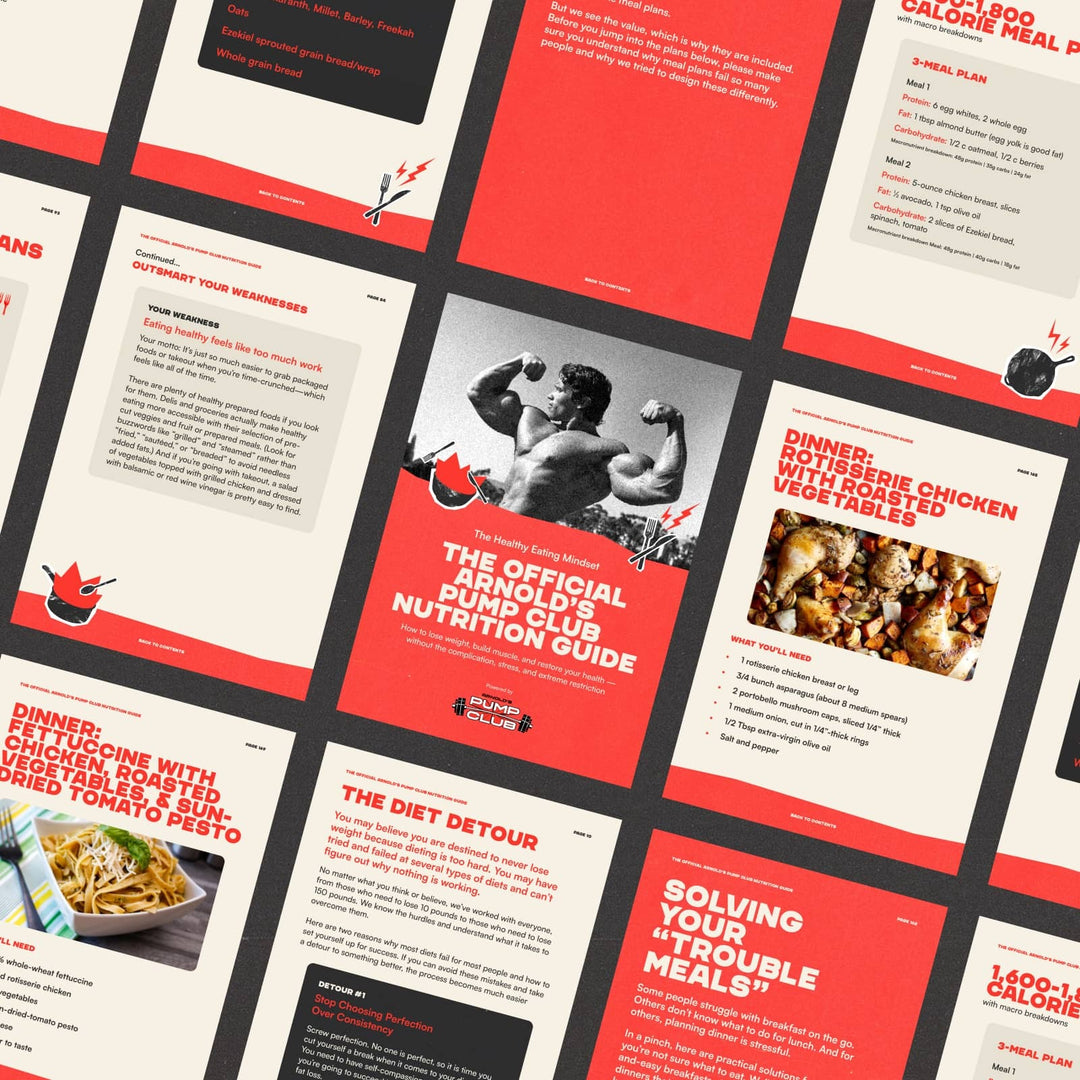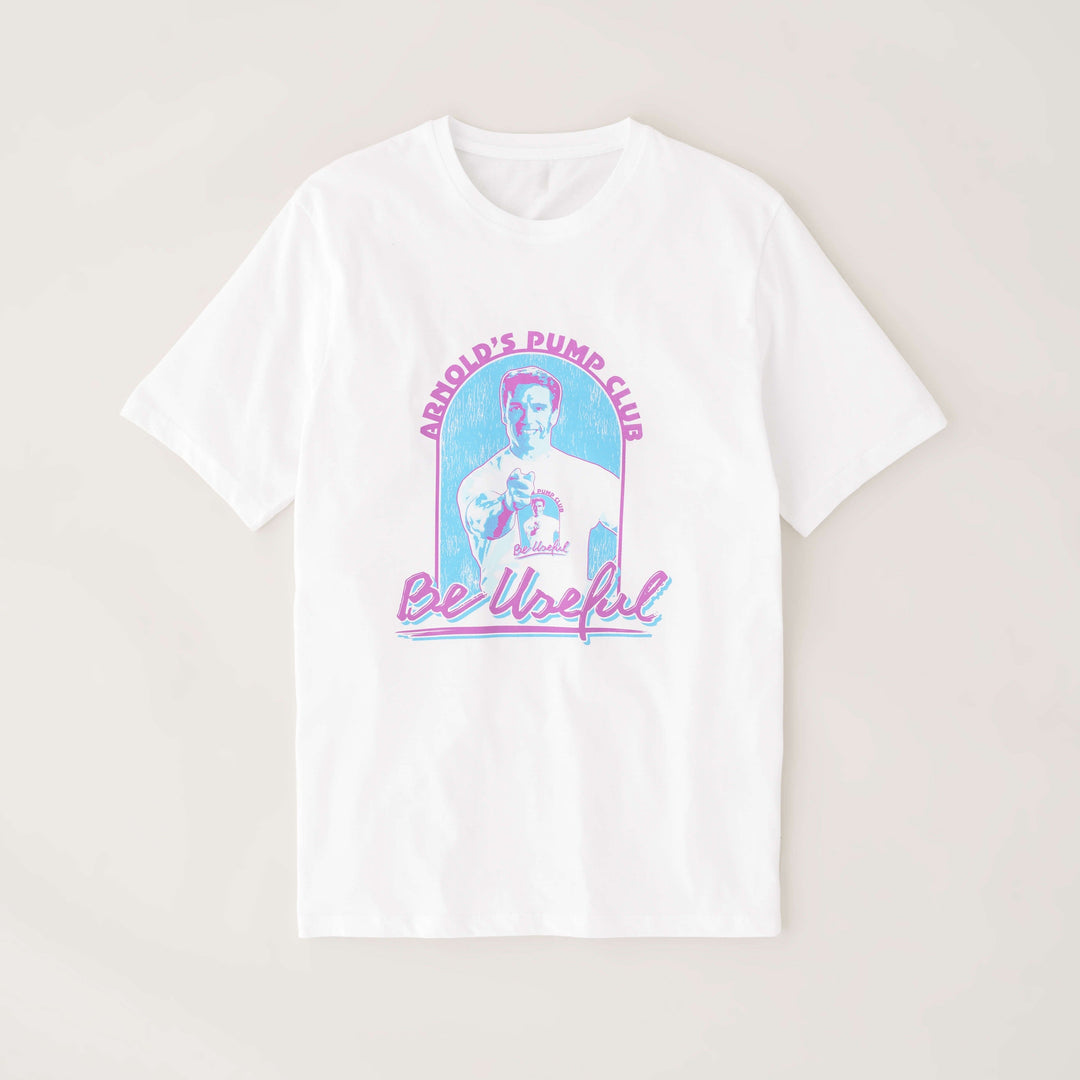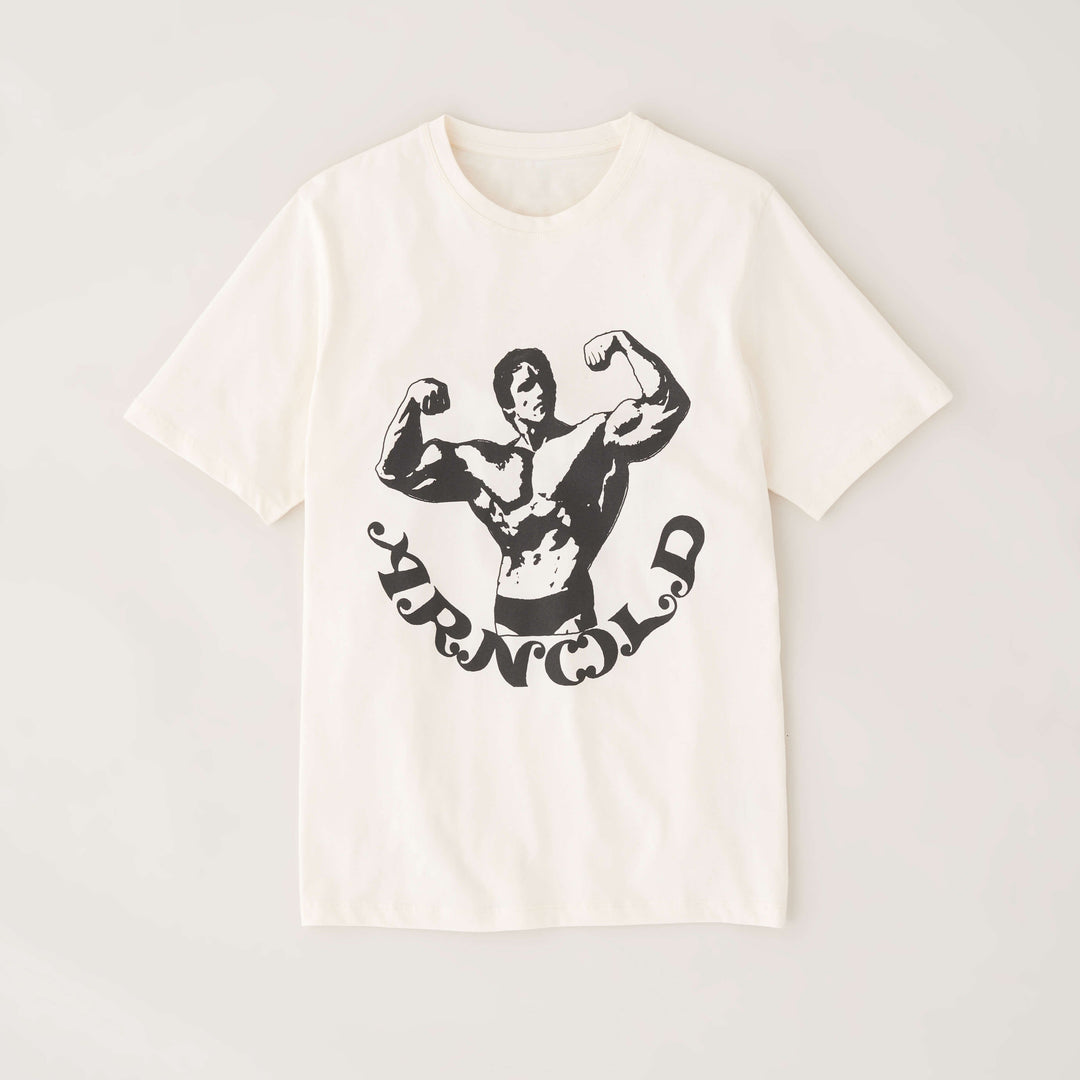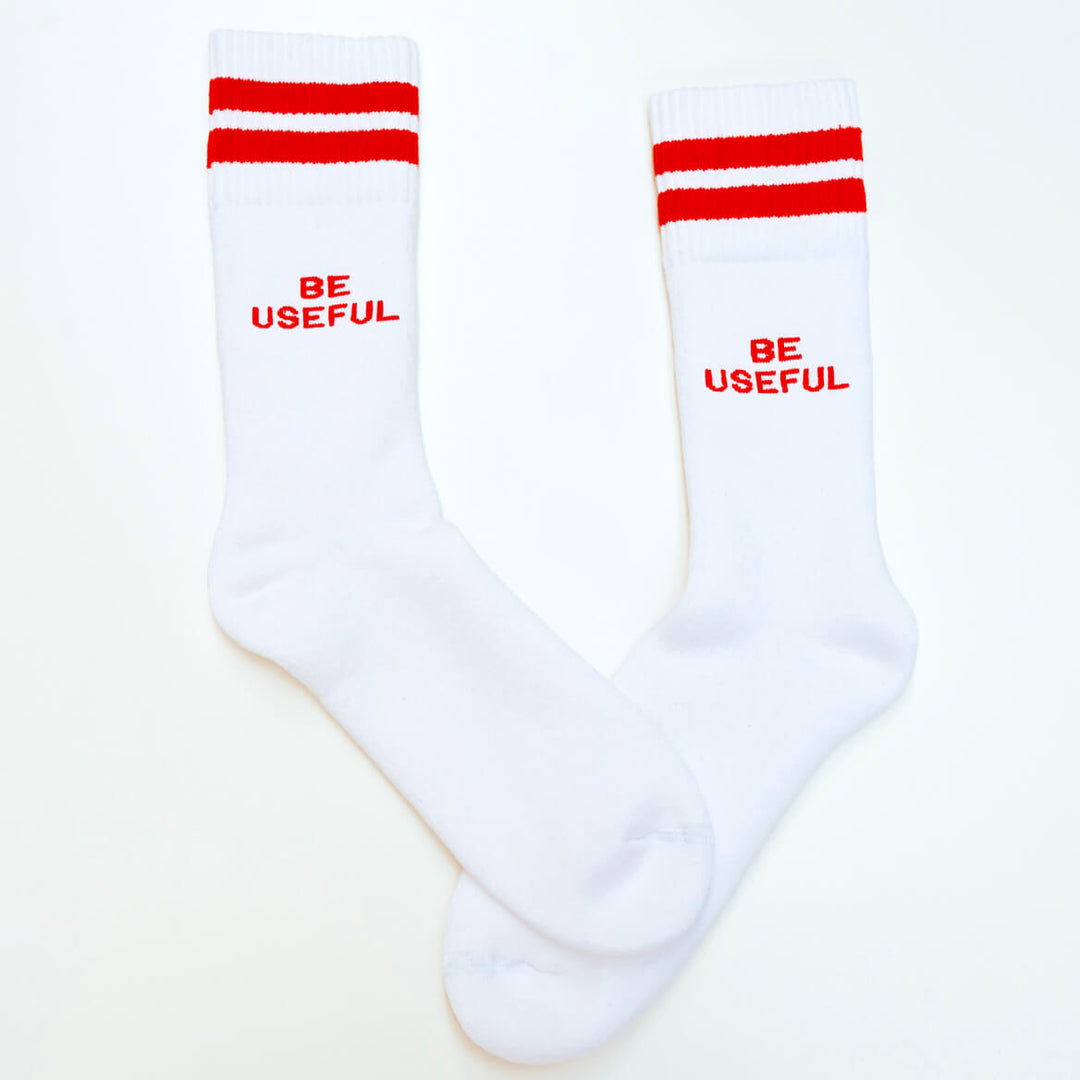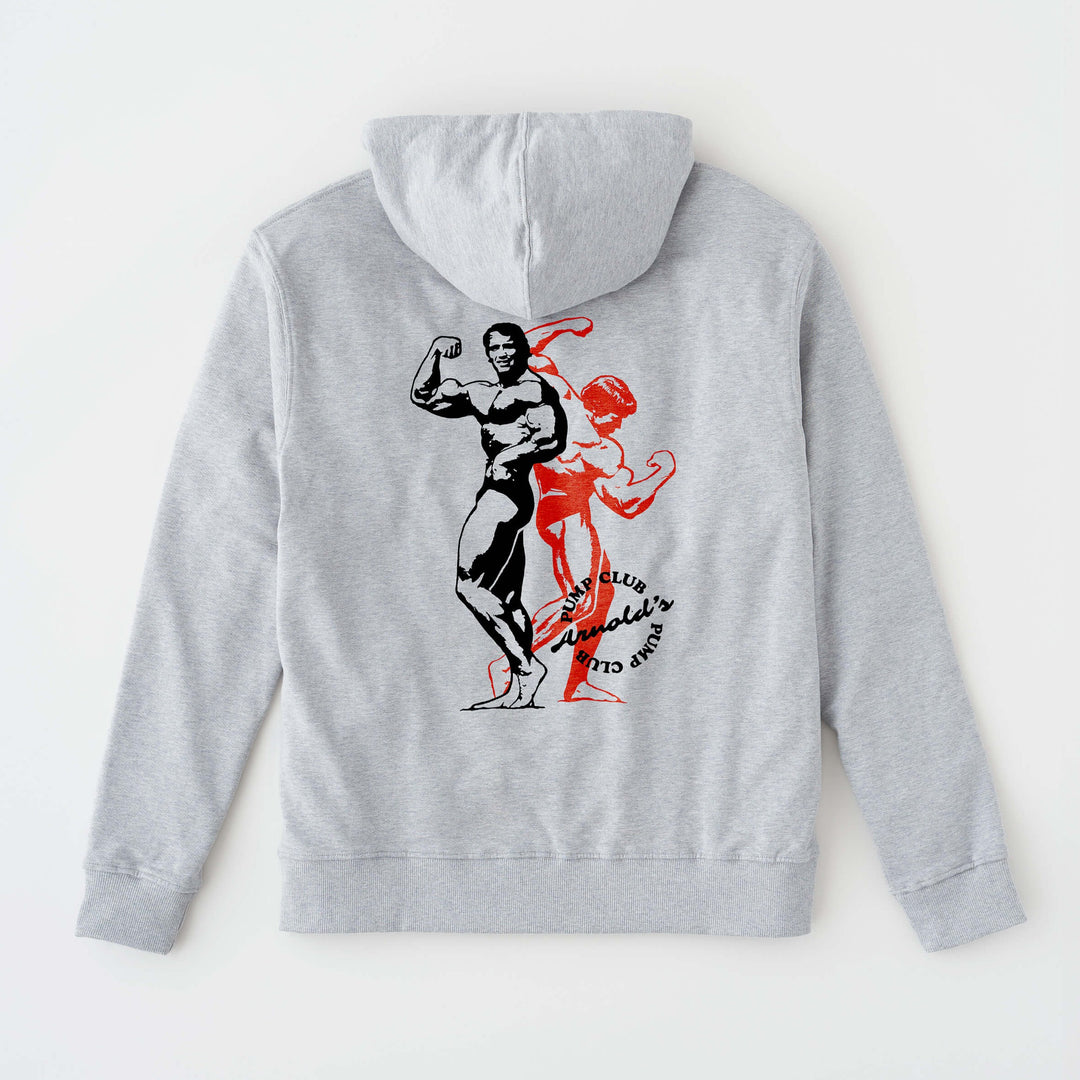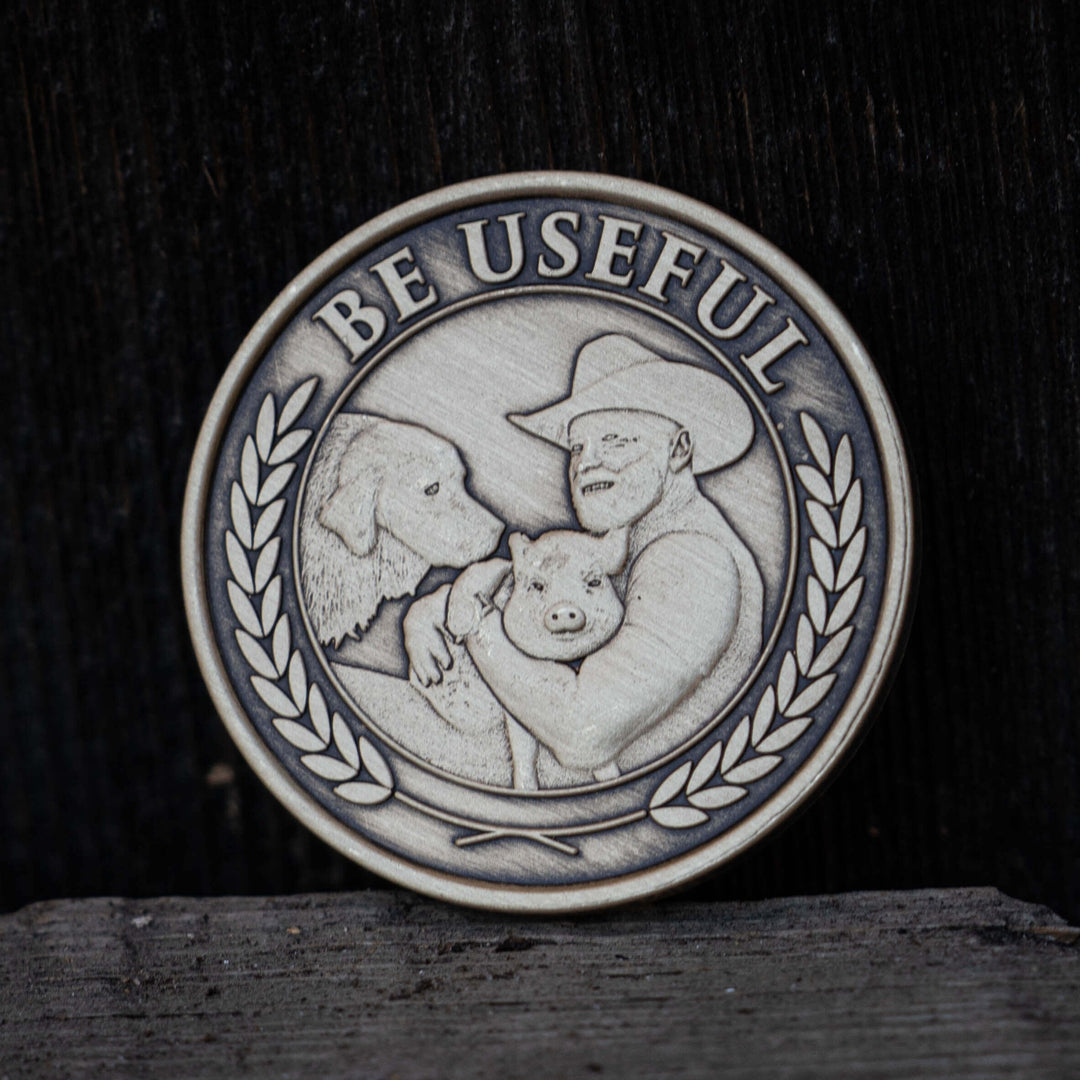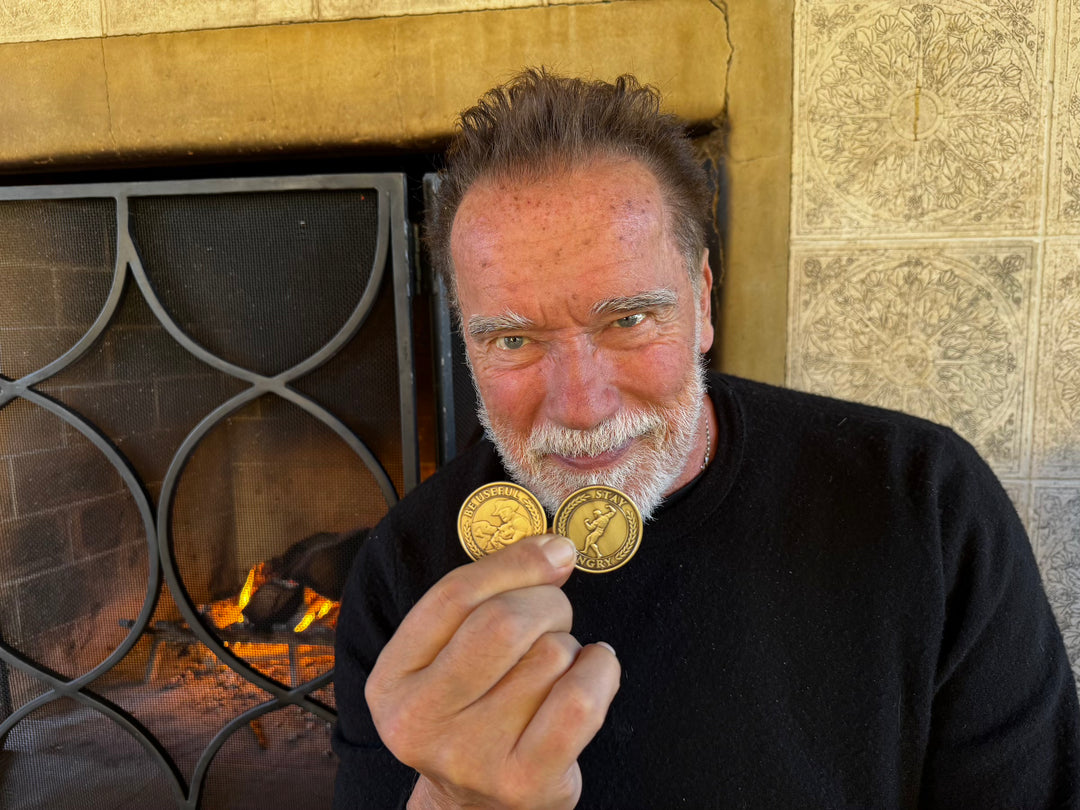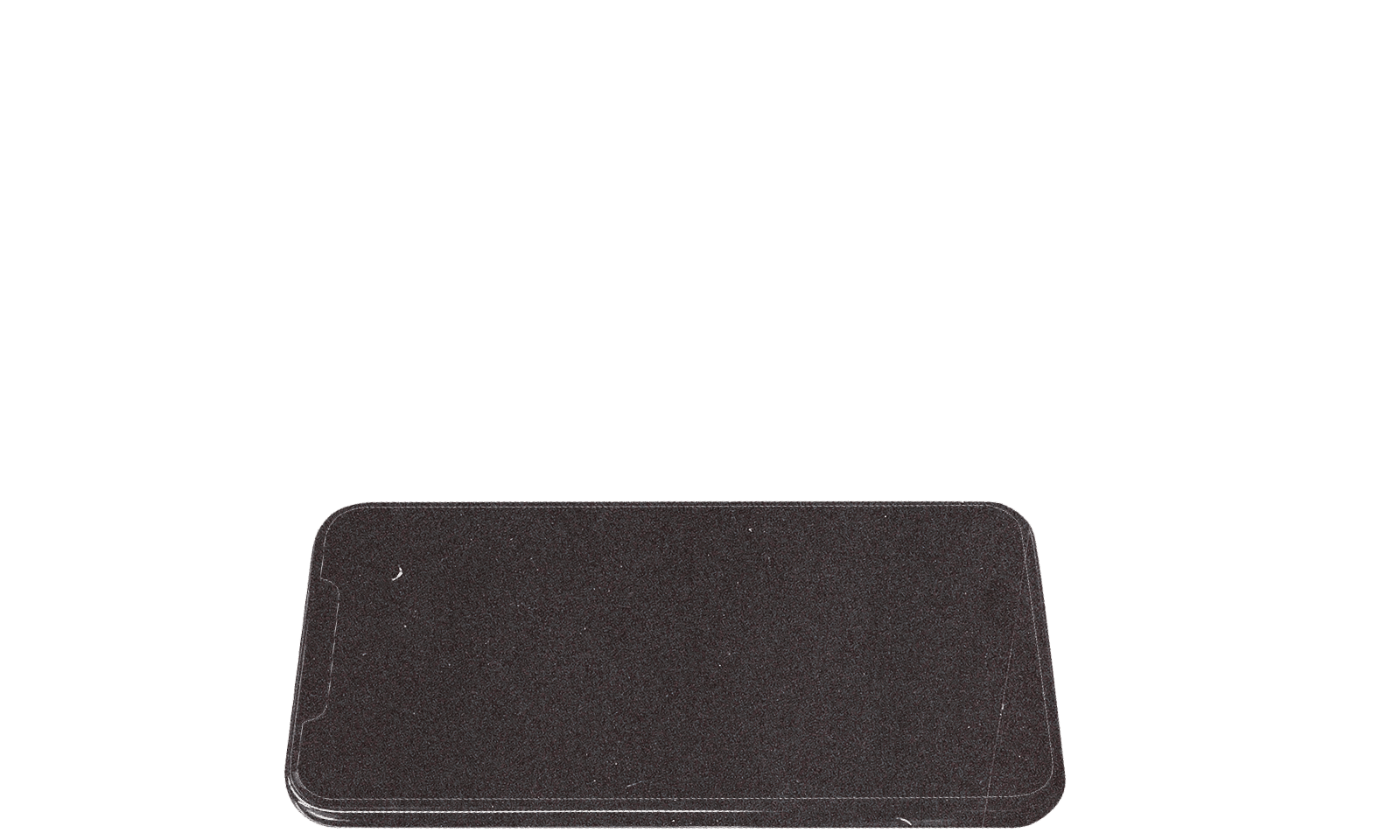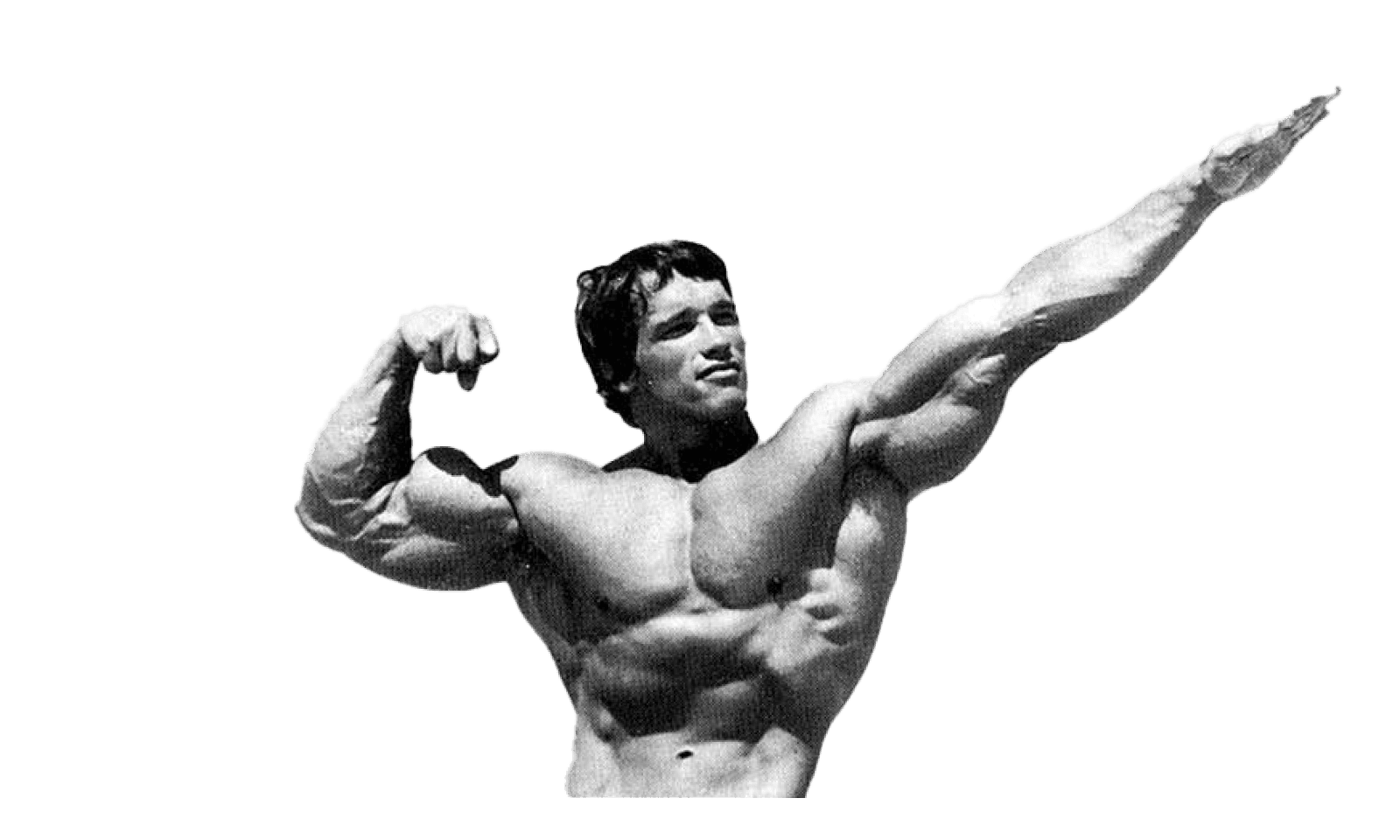Welcome to the positive corner of the internet. Every weekday, we make sense of the confusing world of wellness by analyzing the headlines, simplifying the latest research, and offering quick tips designed to make you healthier in less than 5 minutes. If you were forwarded this message, you can get the free daily email here.
Today’s Health Upgrade
Monday motivation
The 1-degree difference
The mind and mood protector
-
Workout of the week
Arnold’s Podcast
Want more stories from Arnold? Every day, Arnold’s Pump Club Podcast opens with a story, perspective, and wisdom from Arnold that you won’t find in the newsletter. And, you’ll hear a recap of the day’s items. You can subscribe on Apple, Spotify, Google, or wherever you listen to podcasts.
Arnold’s Corner: Monday Motivation
I hear from people all of the time — in the gym, in the replies to this newsletter, and the app — who all have the same challenge.
“I am bad at ____.”
“I just suck at ______.”
“The one thing I wish I could improve is _____.”
You can insert anything into those blanks. Some people talk about their challenges with being social. Some people tell me about their problems eating healthy food. Some people share about their struggles with certain exercises.
It’s time for a little wake-up call. Because I see this in action in the gym every day, and I can tell you how to solve this problem.
I’ve had friends tell me they’re terrible at squatting and ask me for tips. You’ve probably noticed that I love sharing my lifetime of fitness knowledge, so I give them every tip I know.
Then, I’ll watch them in the gym for a week, and then a month, and I notice the same thing over and over: they aren’t squatting. They might do a variation, and they do other quad, leg bicep (hamstring), and glute movements, but they train around the lift that they said they want to improve.
We are all guilty of this. I was just doing an interview, and the reporter asked if there was anything I’m not good at.
I had to be honest with her: golf. I seem to have a unique talent for hitting the ball in every direction except the one I want.
But I also had to be honest with myself: I haven’t put the reps in because it’s really not part of my vision.
Reps are the ONLY antidote to being bad at something.
The first step is being honest with yourself that you aren’t where you want to be. Then the work starts.
You have to do what you aren’t good at, over and over. It’s the only way you’ll ever get good.
Sure, you can lie to yourself and say it’s genetics or something else, but the reality is, I’ve never seen someone take on a weakness with rep after rep and fail to improve.
Many of you have heard the famous story about my calves.
When I hit the bodybuilding scene, I shocked everyone with my size from the foundation I’d built with my foundation of powerlifting and weightlifting work.
When I lost a contest, I’d ask about my weaknesses. I wanted to know. One that came up often was my calves; they weren’t proportional to my thighs and arms that had been built up with my favorite moves like deadlifts, squats, bench, and bent over rows.
I decided I’d train my calves every day. I crushed them because I realized that every step when you’re walking is a calf exercise, so they needed more volume than the rest of my muscles.
I also did something even more extreme. I cut the legs off of all of my sweatpants so I had to see my calves all day long.
It was brutal. I had to stare at my weakness all day long, but that gave me the motivation to train it every single day.
And then, one day, it wasn’t brutal. I started to love my calf raises. I was getting good at them. They worked.
And sure enough, a year later, my calves were no longer a weakness. The bodybuilding media started to call them one of my strengths. Some people checked them for scars to see if I’d gotten implants, which was the greatest compliment.
Decades later, I heard people say that calves are all genetics, and I was blessed, and I just laughed and understood they missed those early criticisms of my smaller calves.
I turned a weakness into such a strength that most people assumed it came naturally to me.
It didn’t. All that came naturally to me was reps.
I learned in the gym that when you aren’t good at something, there is only one way to get better. Reps.
Work works.
People want hacks and exercise substitutions because no one likes being bad at anything. It’s not your fault. It is human nature. Our brains don’t want us to be uncomfortable!
If you can sit with that discomfort, and work through it, it slowly, slowly becomes comfortable.
My advice to all of you is to stop saying you’re naturally bad at anything. If you want to be good at something, the only way to get good is by doing it.
The easiest place to learn this lesson is in the gym. So if there are exercises in our app or our free weekly workouts here that you skip or swap, like squats, just commit to doing them for 3 months.
I guarantee you that by the end of summer, you’ll be coming to me to say, “Arnold, I no longer fear squats.”
I have experienced it in my own life, and I’ve seen thousands of people experience it as soon as they force themselves to do the thing they hate instead of running away from it.
Once you see how this can change your body in the gym, you’ll realize you can take the reps philosophy to anything in your life that holds you back.
You don’t like reading? Read more.
Are you afraid to talk to people? Talk more.
Do you struggle with eating well? Eat more vegetables.
As soon as you learn that the more reps you do, the more natural something will feel to you, it unlocks the most powerful force.
Your own potential.
Do the reps. Start in the gym with something you’ve been avoiding, and start light. Build up. See how a weakness can turn into a strength.
I promise you that you’ll finally see how powerful you are, and it will translate to every part of your life.
Together With Eight Sleep
The 1-Degree Difference
Most people think of sleep as something the brain controls. And that’s true—but the body plays an important supporting role, especially your temperature.
A slight drop in core body temperature is one of the most powerful signals that your body is ready for sleep.
Scientists found that your body prepares for sleep by cooling down. That’s because sleep is often triggered during the downward slope of your body’s circadian temperature rhythm. The faster and more pronounced the drop, the more it supports your body’s readiness to fall asleep.
Researchers found that this temperature shift isn’t just about comfort—it’s a key part of your internal clock. When your body sends more blood to your extremities, you lose heat more rapidly, which helps your core temperature drop and makes you feel sleepy.
This heat-loss mechanism begins before you fall asleep and before your body enters deeper non-REM sleep, indicating that thermoregulation is actually helping to induce sleep, rather than the other way around.
Research suggests even a 1 degree Celsius drop in core body temperature (about 1.8°F) can significantly enhance sleepiness and increase your likelihood of falling asleep faster. That’s why warm showers before bed (which cause rebound cooling) can make a noticeable difference in your sleep quality.
If you want to cool your body to the perfect temperature every night, Eight Sleep is scientifically proven to make every night of rest your best night of rest. We have used the Eight Sleep for years, long before we started APC. And now, their latest update has changed the sleep game — again.
Pod 5 is a smart mattress cover that fits over your bed and regulates your temperature all night long. No wearables. No noise. No effort. Just better sleep, guided by AI that adapts to your needs over time.
The Eight Sleep doesn’t just cool you down before you sleep; it automatically reads what your body needs and adjusts your temperature to help you sleep better.
Because when your body stays cool during the night, that’s when the real magic happens:
Up to 1 more hour of sleep each night
Up to 34% more deep sleep
Up to 34% higher daytime energy
Dramatic improvements to your cardiovascular health.
The new Pod 5 also adds something we didn’t know we needed: a temperature-regulating blanket that extends cooling (or warming) across your entire body, not just the surface of the bed. It can even detect snoring and automatically adjust your elevation to reduce it, and now includes integrated sound therapy with meditations.
As an APC reader, use the code PUMPCLUB to get $350 off your Pod 5 Ultra.
Best of all? You can try it risk-free for 30 days. If better sleep could change everything, why not start tonight?
Nutrition
A Cup of Calm That Protects Your Mind (and Mood)
We’ve discussed the benefits of coffee many times, but it’s not the only hot beverage tied to better health and longevity.
New research suggests that drinking green tea daily could help support mental health, reduce inflammation, and preserve your brain as you age.
Scientists studied 280 participants, splitting them into two groups: those who drank at least one large cup of green tea (500 mL) nearly every day for 20 years or more, and those who drank little to no tea. They compared hormone levels, brain scans, body metrics, and mental health assessments.
The green tea group showed significant benefits: Testosterone levels were about 16 percent higher, systemic inflammation was 11 percent less, BMI was slightly lower, and brain imaging revealed greater gray matter volume in memory and cognition areas, suggesting slower brain aging.
The researchers believe these improvements could be supported by green tea’s anti-inflammatory compounds (like catechins and EGCG), its positive effects on sleep quality, and its role in supporting healthy hormone levels.
Of course, the study wasn’t perfect. Most notably, the data could only observe correlations, meaning it doesn’t prove cause and effect. Additionally, other factors, such as diet, exercise, or lifestyle habits, weren’t fully controlled.
So green tea is not the end-all, be-all solution; however, better health is about finding habits that make you feel good and promote other healthy changes.
If you want a simple, daily habit to protect your mind and mood as you age, consider adding a cup (or two) of green tea to your routine.
Fitness
Workout Of The Week
Mechanical drop sets are one of the most effective ways to push past plateaus. Instead of dropping weight, you adjust the exercise to make it easier, so you can keep going when your muscles are begging to quit.
This style maximizes tension and triggers muscle growth without needing heavy weights or long sessions.
How To Do It
Perform all three variations of each mechanical drop set back-to-back with no rest between variations. Rest for 3 minutes between each full set (all three sets), and repeat the whole circuit 1–3 rounds depending on your time.
Mechanical Drop Set #1: Chest & Shoulders
Decline Pushup (feet elevated): 10 reps
Pushup (flat): Max reps (to technical failure)
Incline Pushup (hands elevated on a bench or box): Max reps
If you want to do another 1-2 rounds, rest for 3 minutes and repeat.
Mechanical Drop Set #2: Back & Biceps
Pullup: 8–10 reps
Band or machine-assisted pullup: 8–10 reps
Inverted row: Max reps
If you want to do another 1-2 rounds, rest for 3 minutes and repeat.
Mechanical Drop Set #3: Legs & Glutes
Bulgarian Split Squat: 6–8 reps per leg
Regular Split Squat (back foot grounded): 8–10 reps per leg
Goblet Squat: Max reps
If you want to do another 1-2 rounds, rest for 3 minutes and repeat.
Give it a try, and start your week strong.
—
Publisher: Arnold Schwarzenegger
Editors-in-chief: Adam Bornstein and Daniel Ketchell




